Le baseline backhand is a move that is not so easy to master. It takes a minimum of technical to do it correctly, here is our advices.
The backhand from the back is just as important as the forehand. At padel, we cannot afford to have a move much less powerful than another or our opponents will notice it and insist on it. The reverse can be played in different ways ; cut, flat or topspin.
The preparation
Everything goes through good preparation. If you decide to play a flat or topspin backhand, your best bet is to have preparation with your pala pointing the back glass or tilted slightly up. This way you will have enough leverage and distance to deliver a powerful blow without forcing. Then, this type of low preparation towards the rear window allows you to “hide” your pala, making it more difficult for opponents to read the shot. For players who have a one-handed backhand, the non-dominant hand will help pull the pala back, the same goes for the two-handed backhand, but this time the hand will be on the handle and not on the backhand. the bridge.
For a cut back it is different. We will place our pala in a high position, with the head of our pala pointing skyward, above the belt. In the vast majority of cases, the cut backhand will be played with one hand, so the non-dominant hand will help in the preparation, playing the role of elastic which will “break” when you want to release the blow. The cut back is widely used during attacks but it is also found during defenses when exiting the window, the use of the wrist adding efficiency.
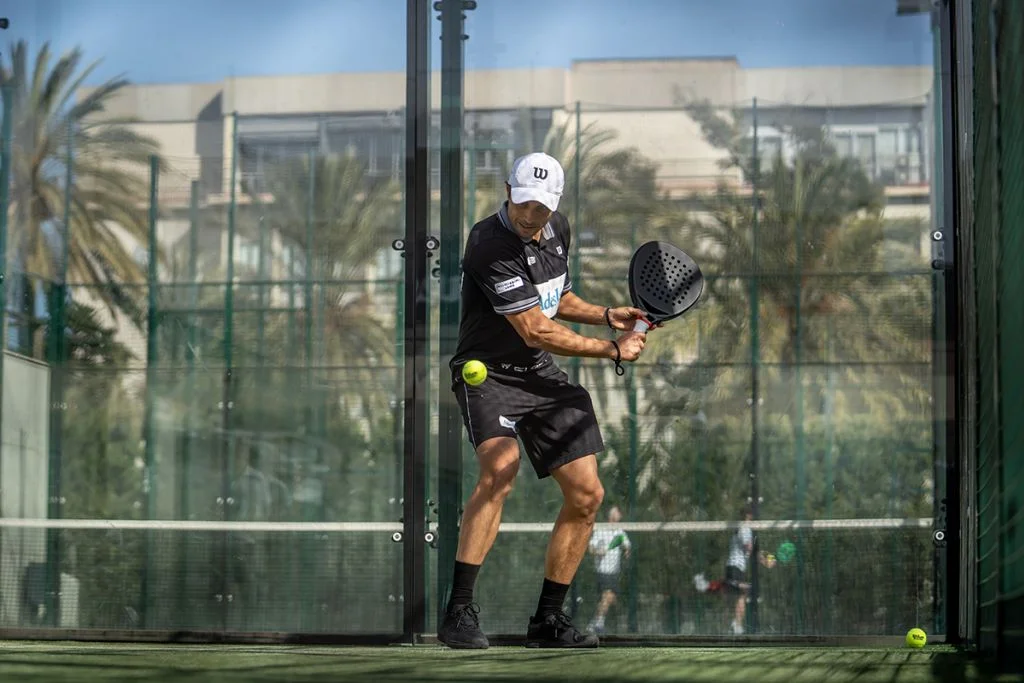
The placement
We can say that 2 types of investments exist for the realization of a setback; either with a first step forward or with a first step backwards.
First to the rear. Say I'm right handed. Once I prepare my pala back, I will step back with my left leg. Why ? To give myself time by letting the ball come, play a defensive shot of the lob or slowball type that will allow me to get back quietly. On the other hand, if I decide to be aggressive in coming to attack my opponents, it will be better to take a step forward with my right foot.
For a reverse cut out of the window, we will use the placement with a step back. And a little advice for the attack cut back; Don´t hesitate to take the first step backwards which will give you enough time to position yourself well, choose the best attack, and finally move forward.
The strike
To achieve a good strike flat, topspin or cut, the most important is that the strike plane is in front of us with a well maintained pala. For beginners, it is easier to hold the pala with 2 hands, so we have more strength at the moment of impact. For those who prefer the art of the 1-handed backhand, here are the points to be taken into account. The arm should be straight at the moment of impact and the wrist firm. How to do ? Either you are able to do it naturally or you have to force yourself to do it. The trick would be to pretend you're riding a motorbike and looking to accelerate hard. Your wrist “full” will subsequently cause the tension of the arm.
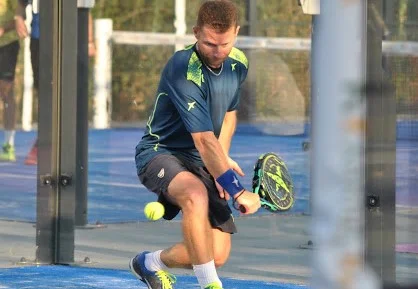
The end of gesture
For a 100% effective stroke you also need a good and beautiful end of movement. We will finish the gesture according to the place where we seek to play. For defensive shots where we have taken a step backwards, we will have a short end of stroke for slow balls, and a wide and high end of stroke for lobs. The attack hits will be large and will end forward. A topspin or flat backhand will have a long end of gesture that will show that we are accepting that stroke we just hit. The backhand cut of attack will generally be followed forwards, so the end of movement will have to be carried out towards the desired place to continue our attack.
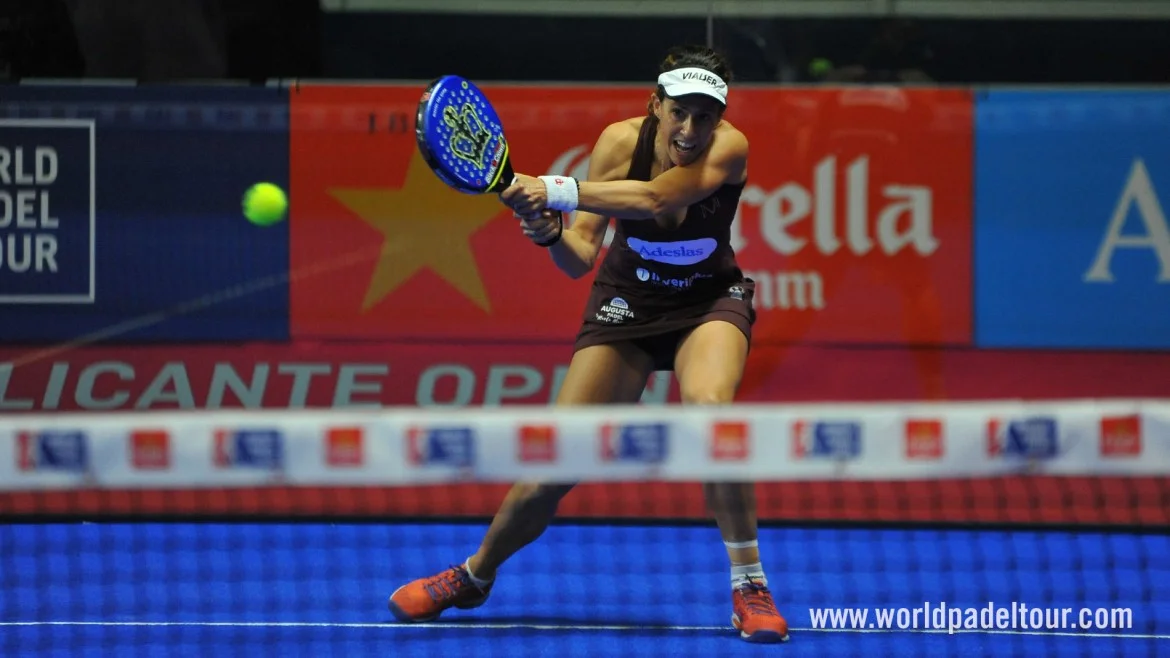
Conclusion
Is it important to have a “nice” backhand? Not sure. However, being consistent with a one-handed, two-handed backhand, cut or not will be the most important thing of all. Learn to prepare well, with the pala always in the same position, with a well-adjusted footwork and above all with minimal risk taking.
From there, build your game little by little, month after month, bringing several choices to your backhand so that it is as complete as possible. Your setback should not please others, on the contrary; it must please you and be your opponents' worst nightmare.
Julien Bondia is a teacher of padel in Tenerife (Spain). Columnist and advisor, he helps you play better through his tutorials and tactical/technical articles padel.




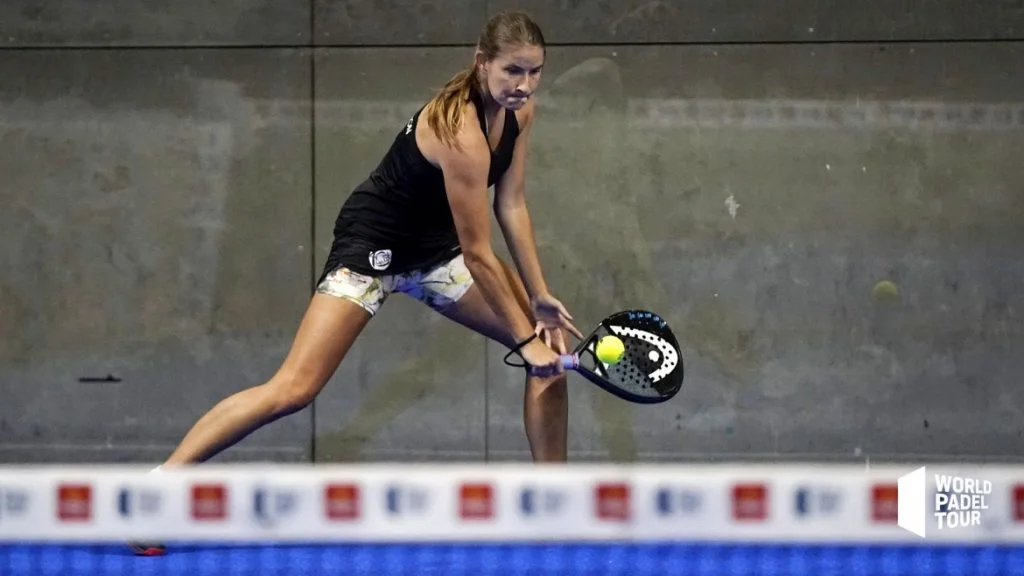













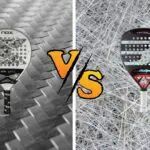





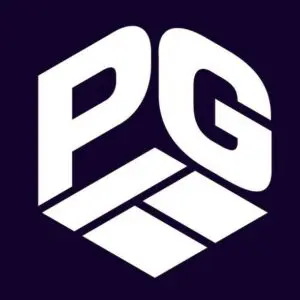








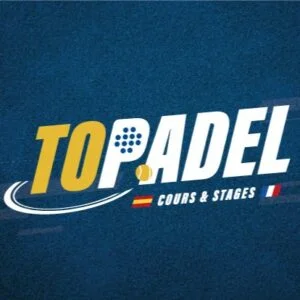



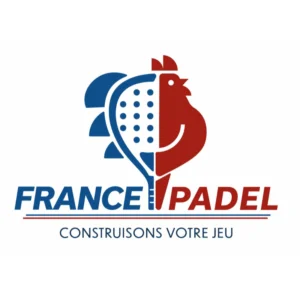
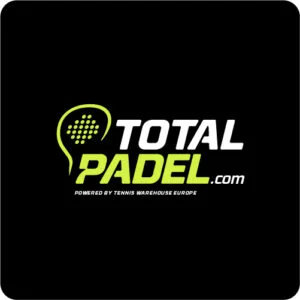
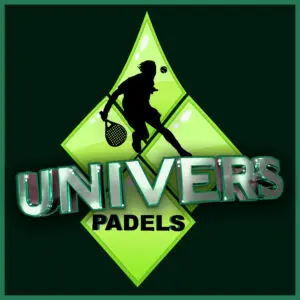
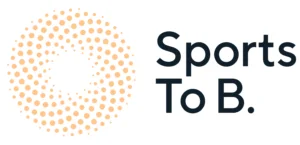
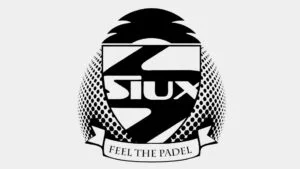
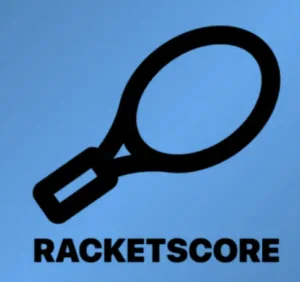
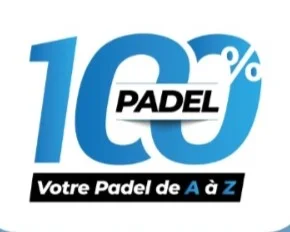
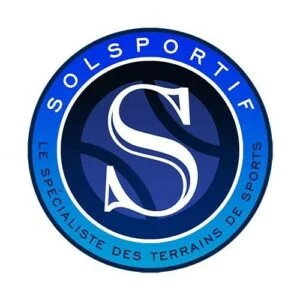

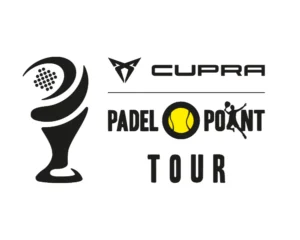


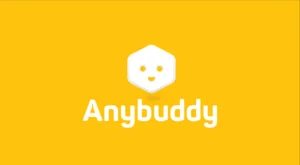
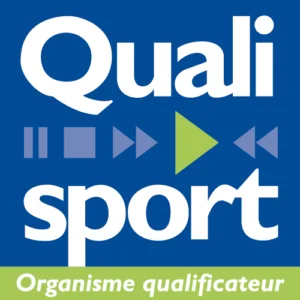

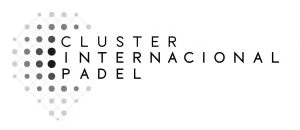
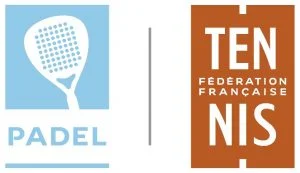
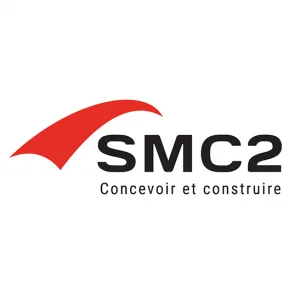
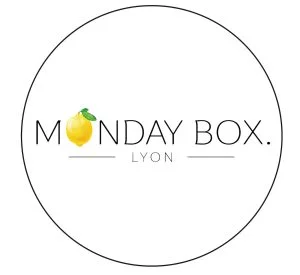
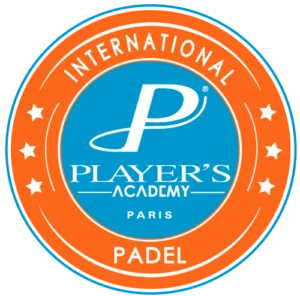
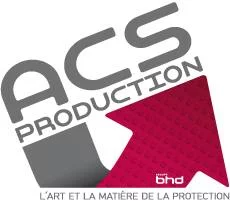
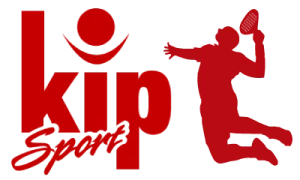



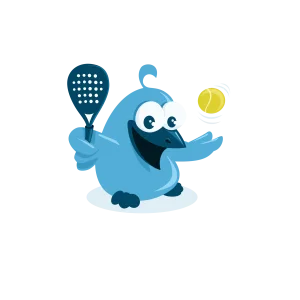


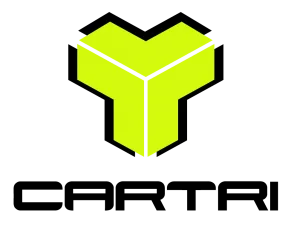

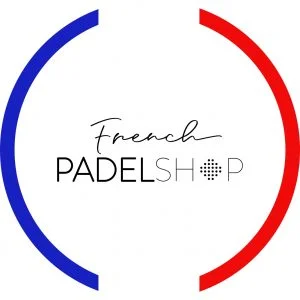
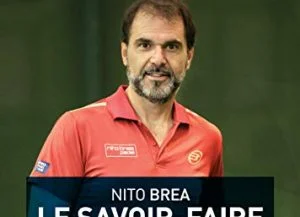
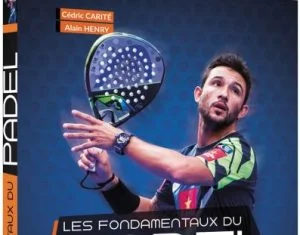




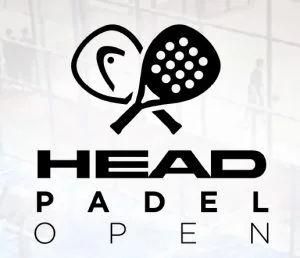
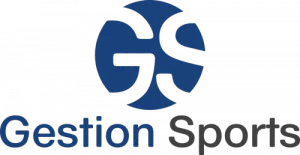
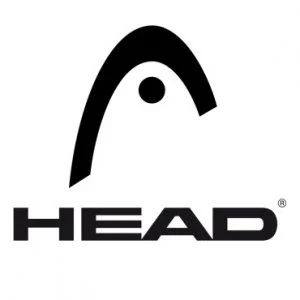


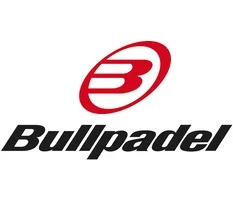
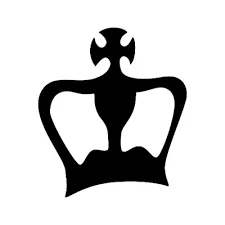


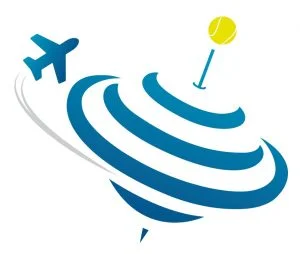
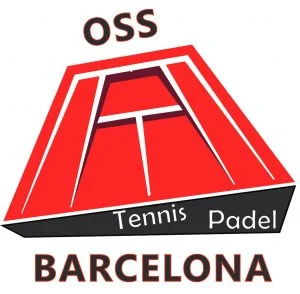
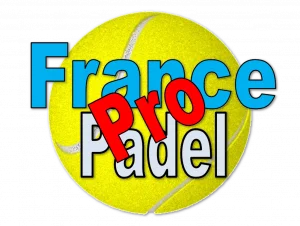


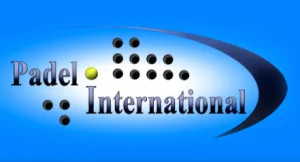

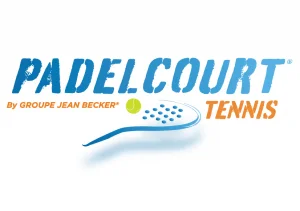
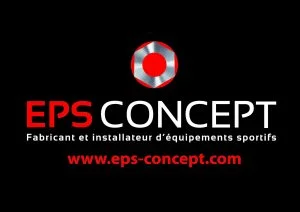
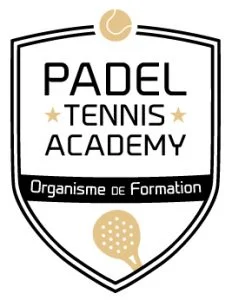
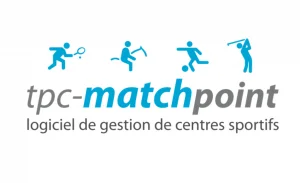
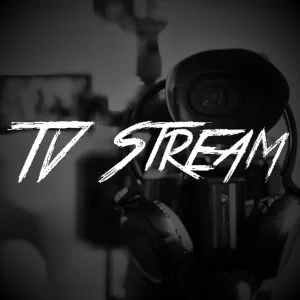
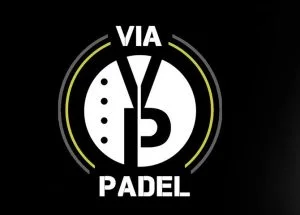




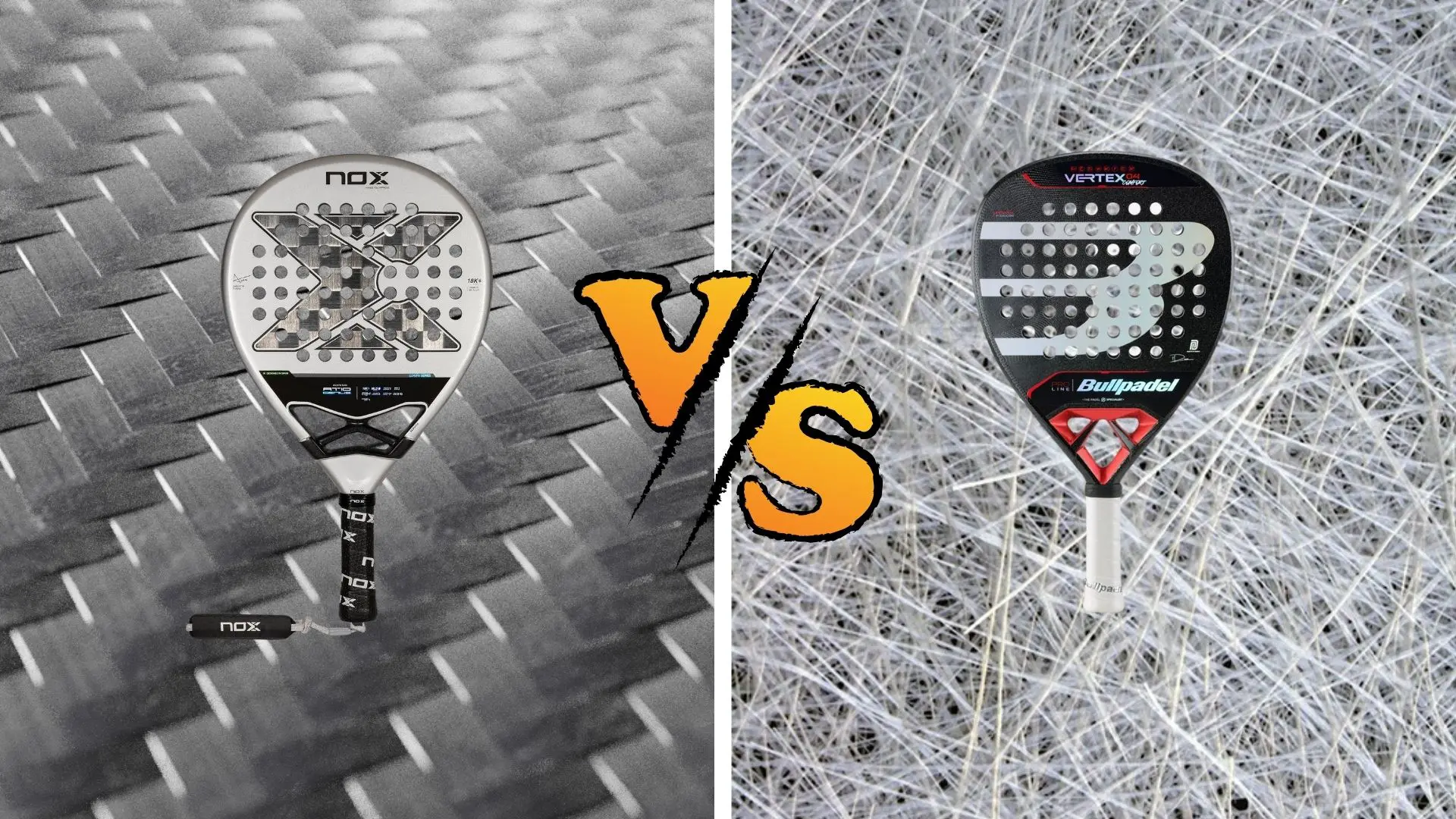 Carbon fiber VS fiberglass: what to choose?
Carbon fiber VS fiberglass: what to choose?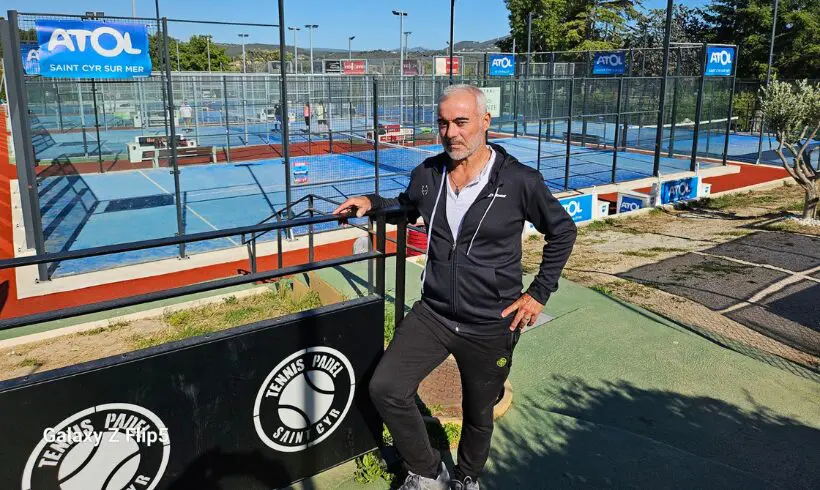 Alain Idier: “Adding tracks of padel, without sacrificing tennis”
Alain Idier: “Adding tracks of padel, without sacrificing tennis”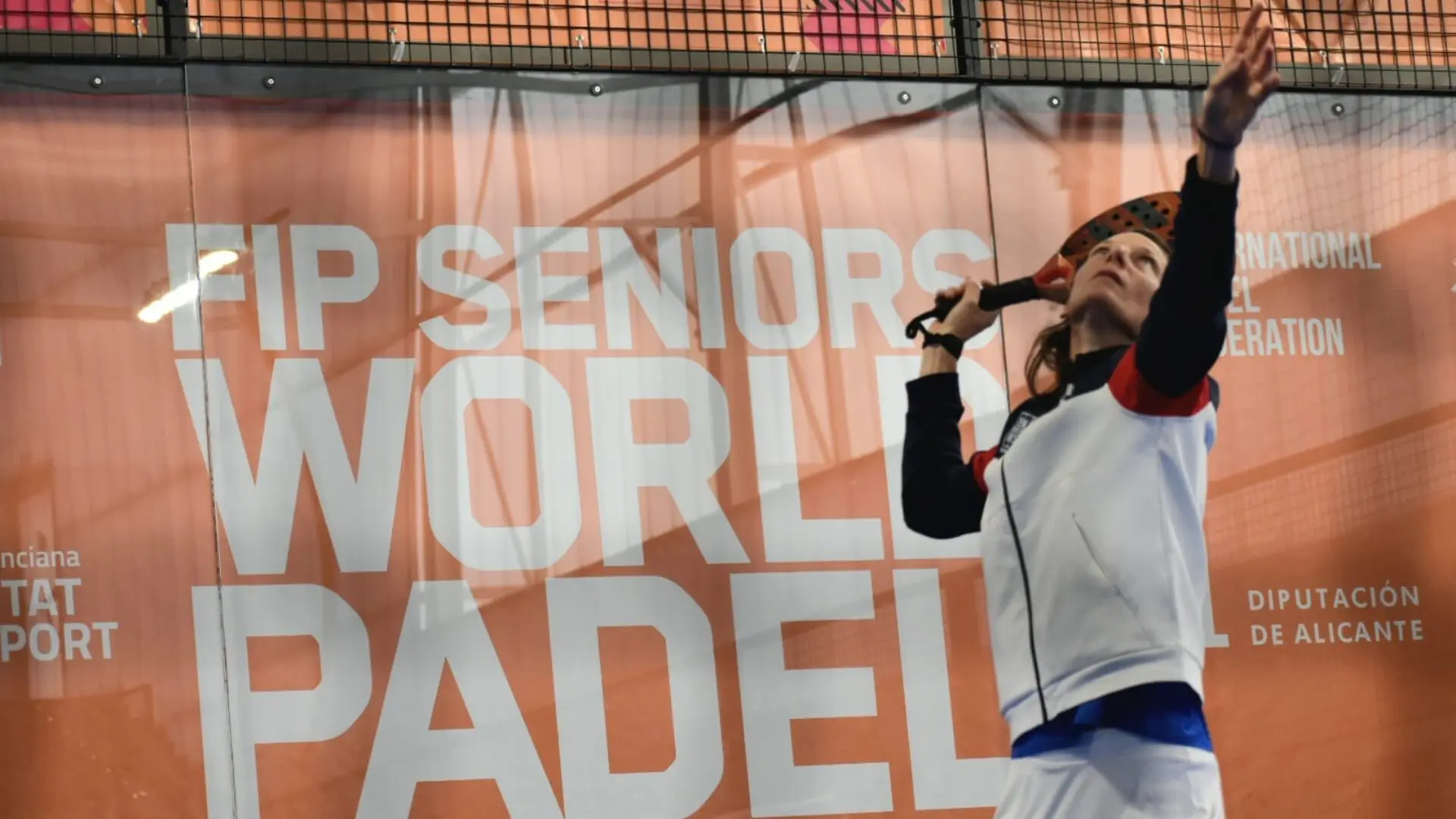 World Seniors Plus 2024 Open (F): the French imitate the French with 4 pairs in the semi-finals
World Seniors Plus 2024 Open (F): the French imitate the French with 4 pairs in the semi-finals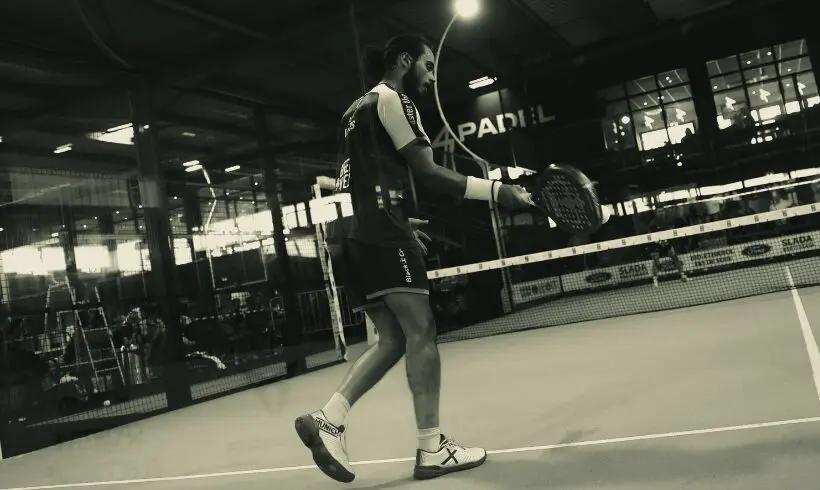 Manuel Vives: “It’s extremely difficult to get by financially”
Manuel Vives: “It’s extremely difficult to get by financially”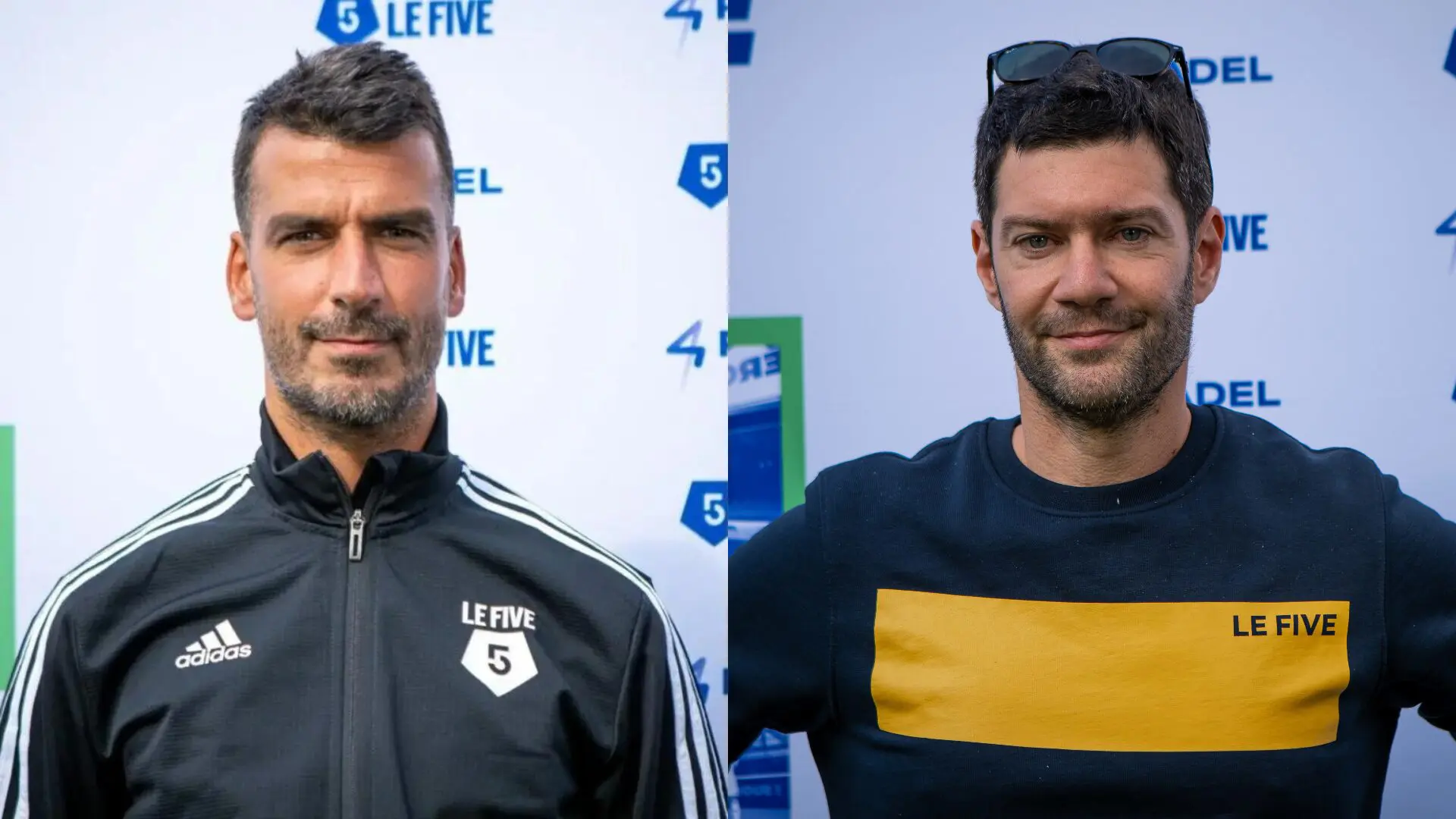 And 4 for Frédérick and Mehdy with network 4PADEL !
And 4 for Frédérick and Mehdy with network 4PADEL !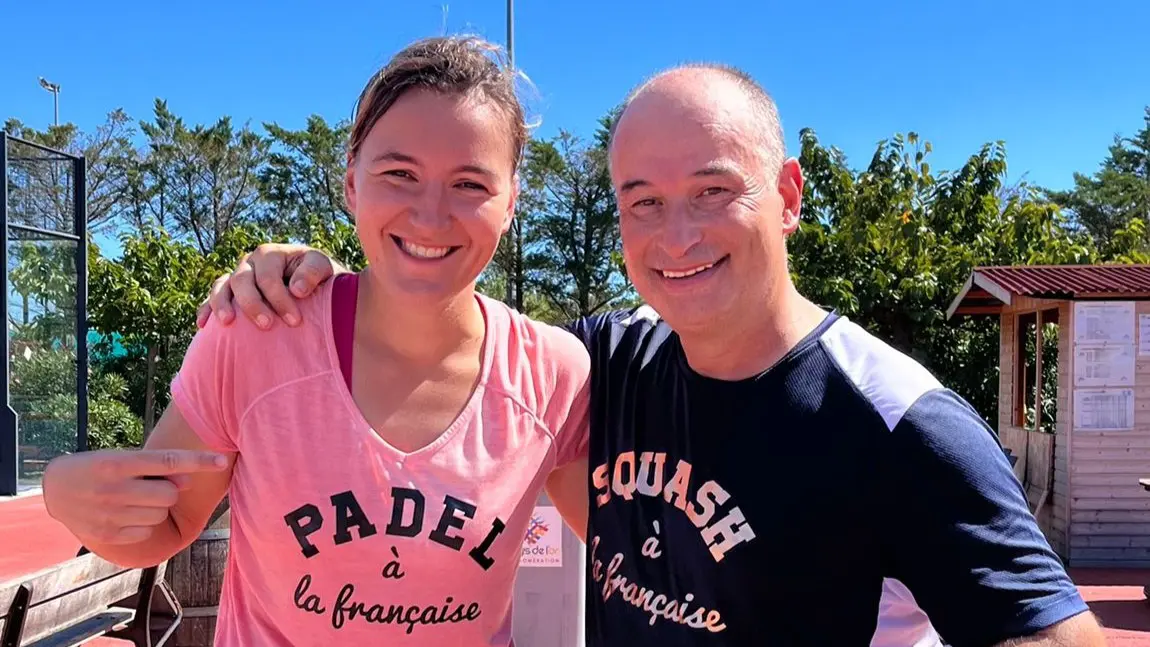 Benoît Letourneau (GM Squash & Padel): “Have a hundred young people in multi-snowshoes within three years”
Benoît Letourneau (GM Squash & Padel): “Have a hundred young people in multi-snowshoes within three years”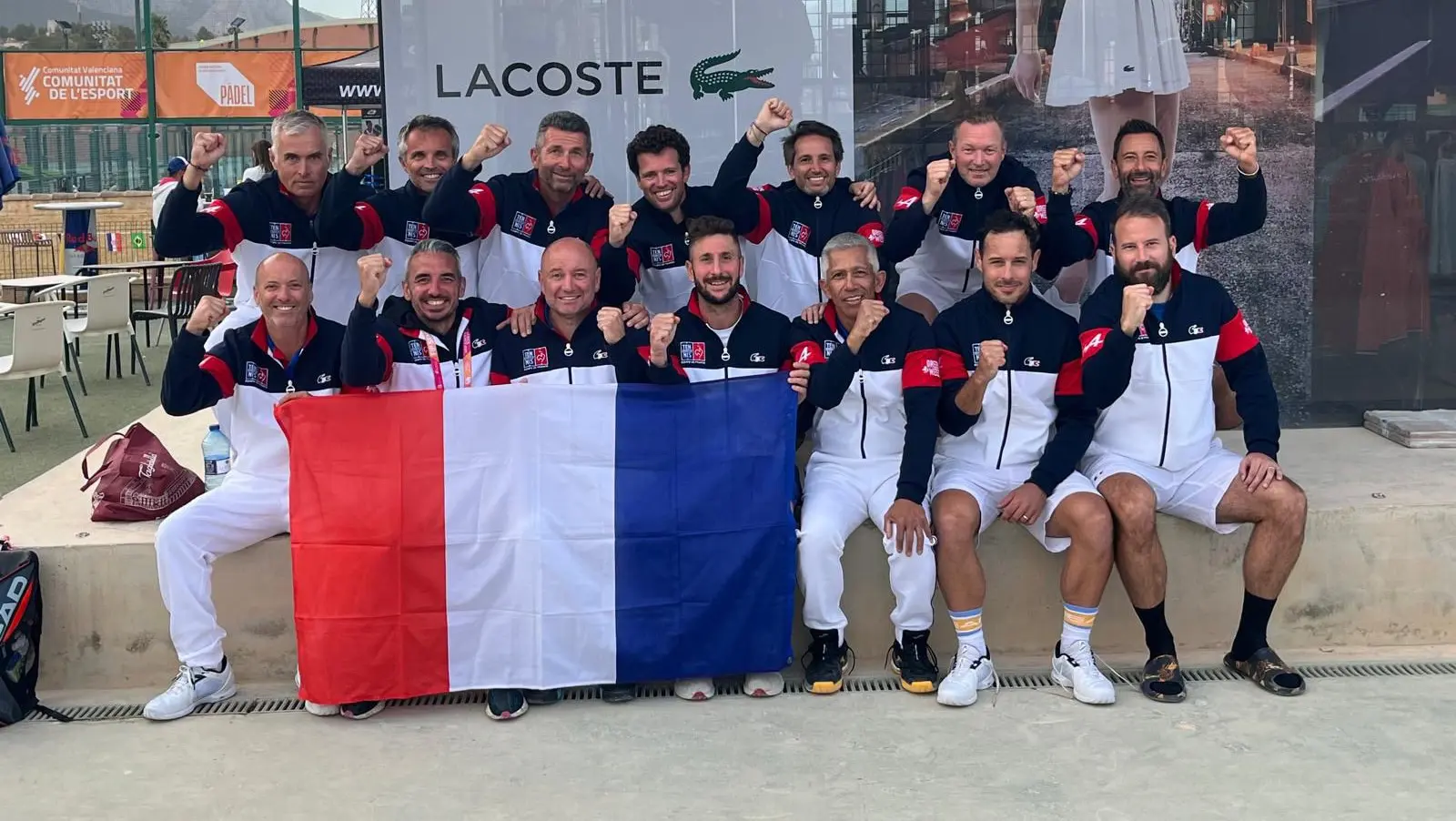 World Seniors Plus 2024: the French in the semi-final!
World Seniors Plus 2024: the French in the semi-final!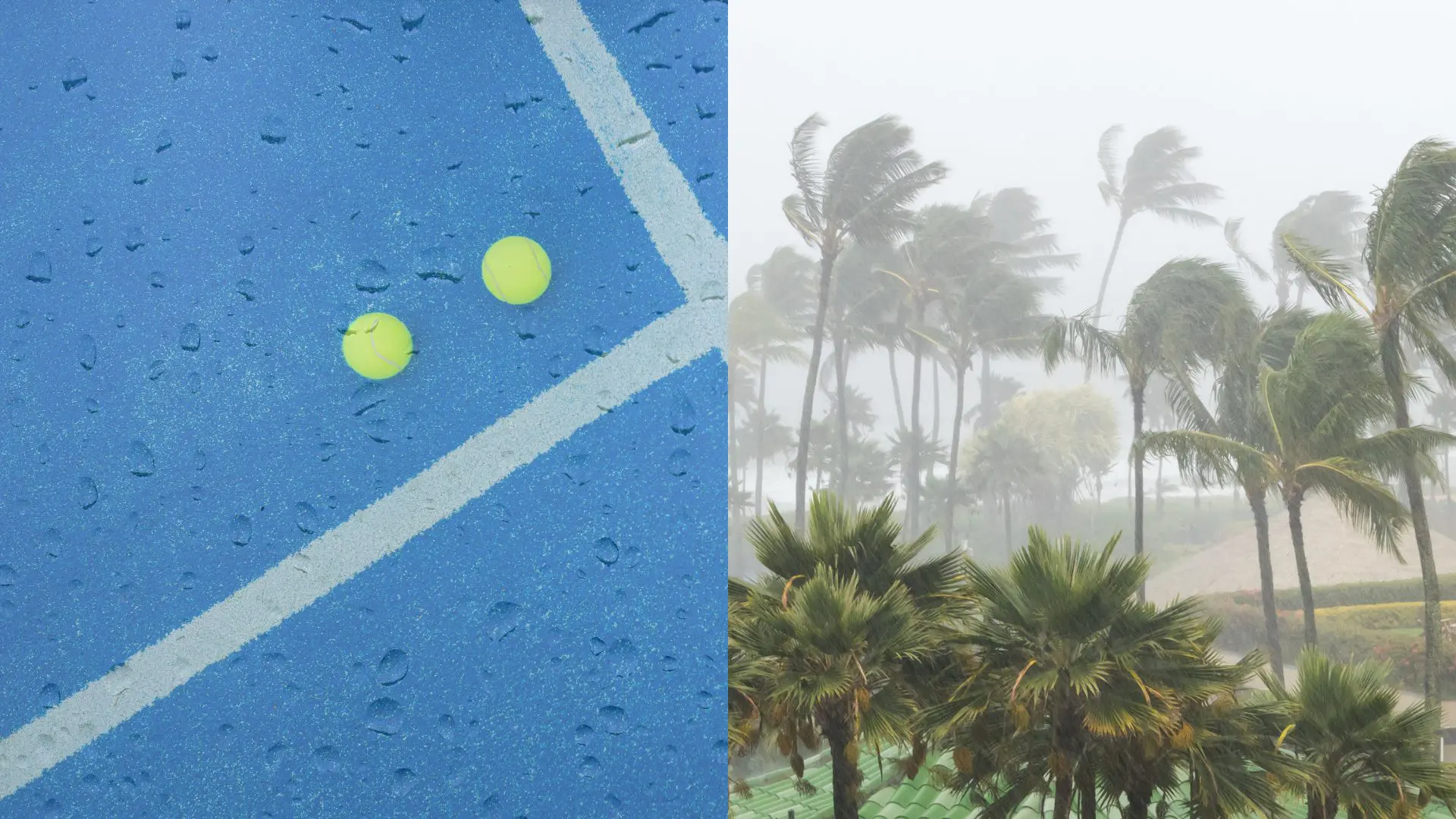 The French Overseas Territories: land of padel and challenges facing humidity and cyclones
The French Overseas Territories: land of padel and challenges facing humidity and cyclones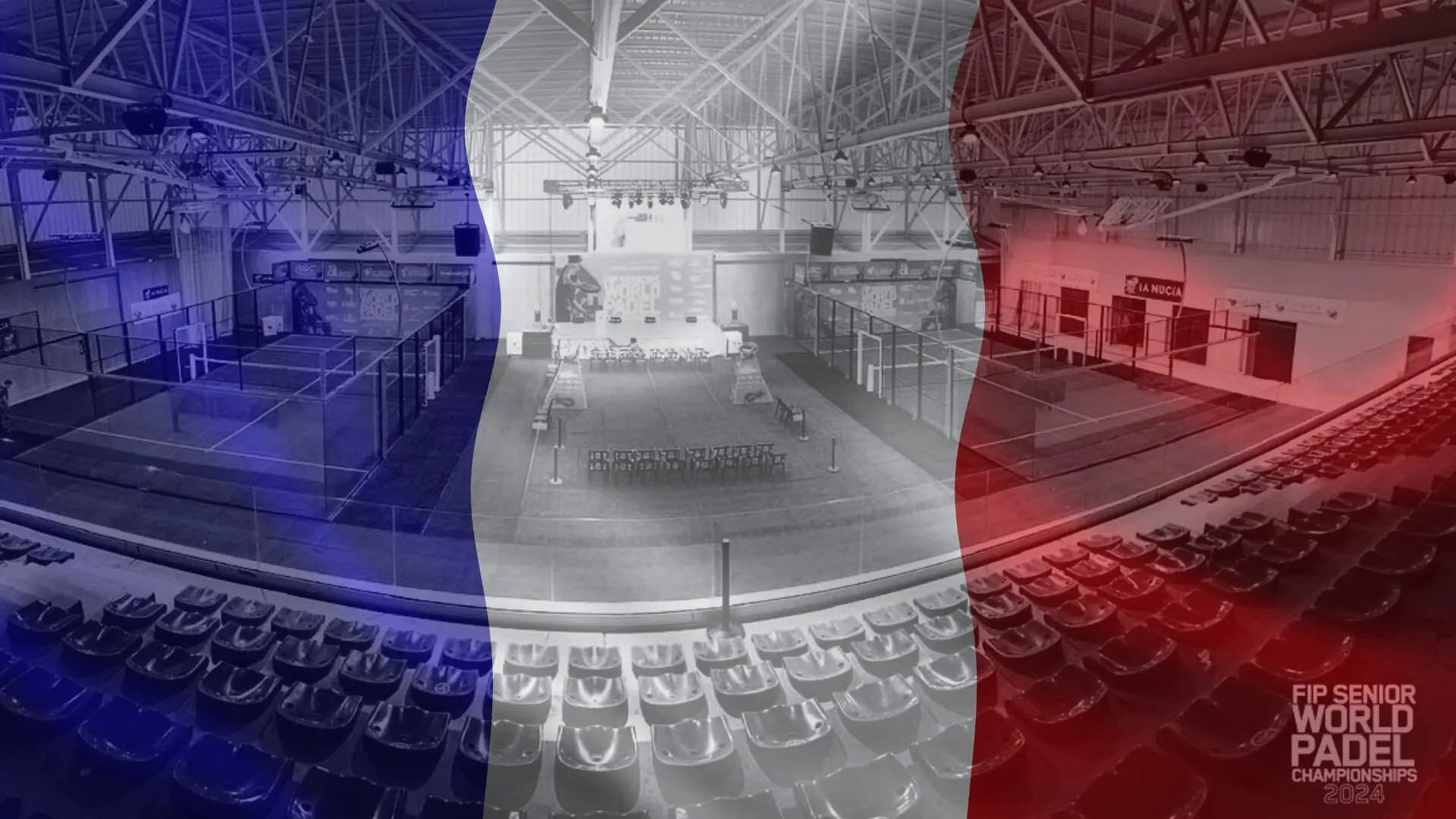 World Seniors Plus 2024 Open (M): four French pairs in the semi-finals, and the psychological advantage gained against the Italians!
World Seniors Plus 2024 Open (M): four French pairs in the semi-finals, and the psychological advantage gained against the Italians!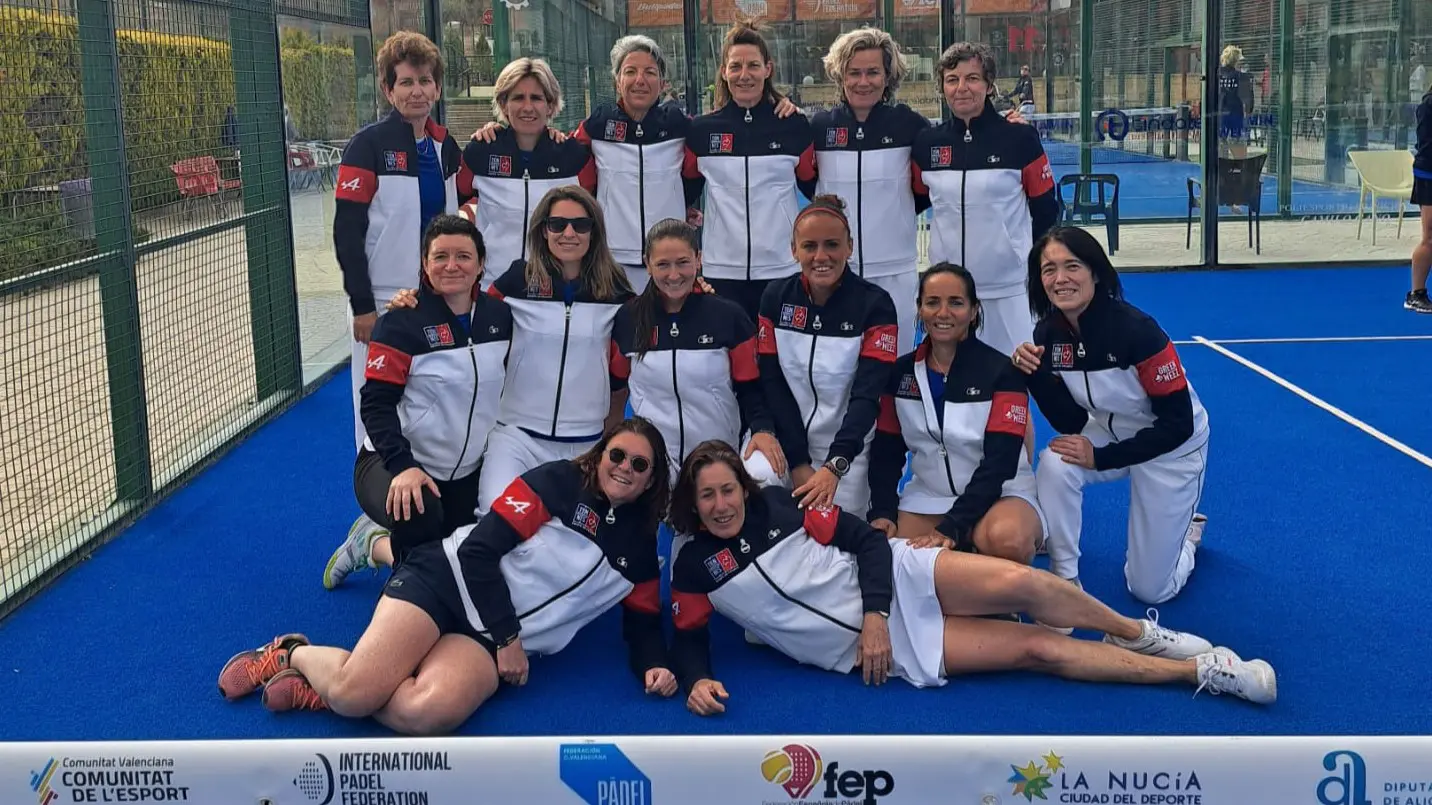 World Seniors Plus 2024 – The French women’s team in the final four!
World Seniors Plus 2024 – The French women’s team in the final four!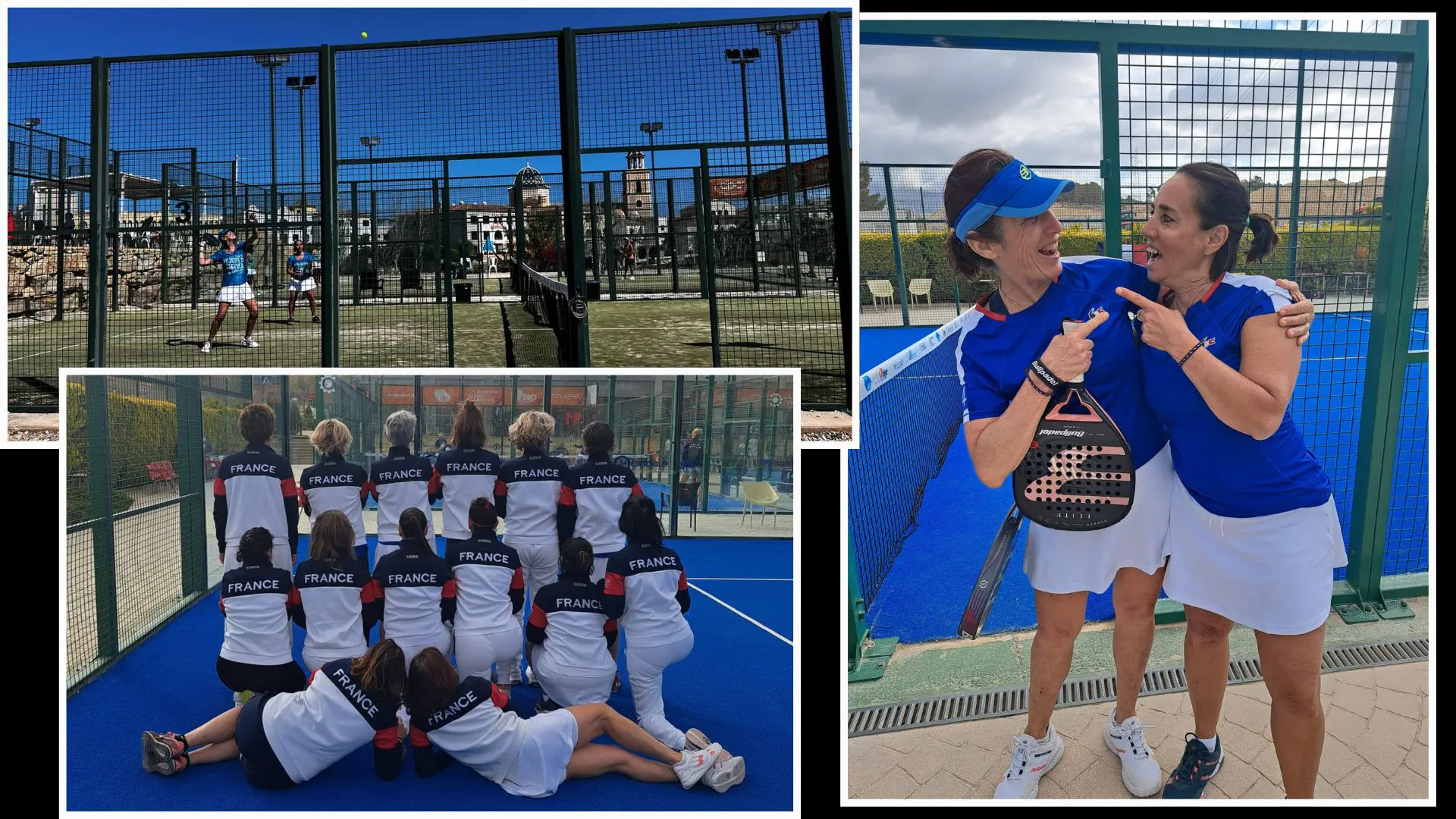 World Seniors Plus 2024 Open (F): heading to the quarter-finals for five French pairs!
World Seniors Plus 2024 Open (F): heading to the quarter-finals for five French pairs!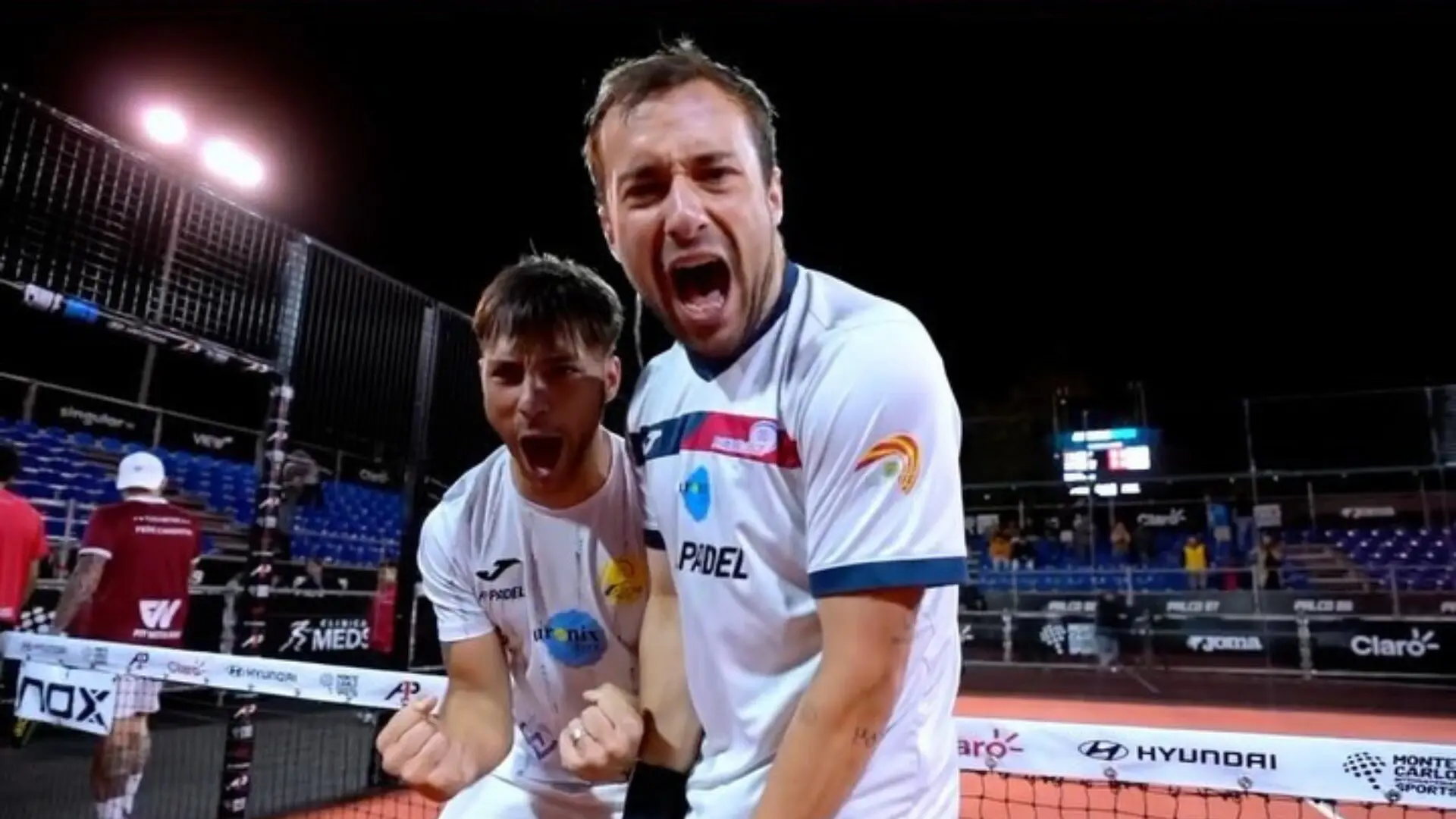 A1 Padel Chile Open – Chiostri and Sanchez eliminated, the eighths start strong!
A1 Padel Chile Open – Chiostri and Sanchez eliminated, the eighths start strong!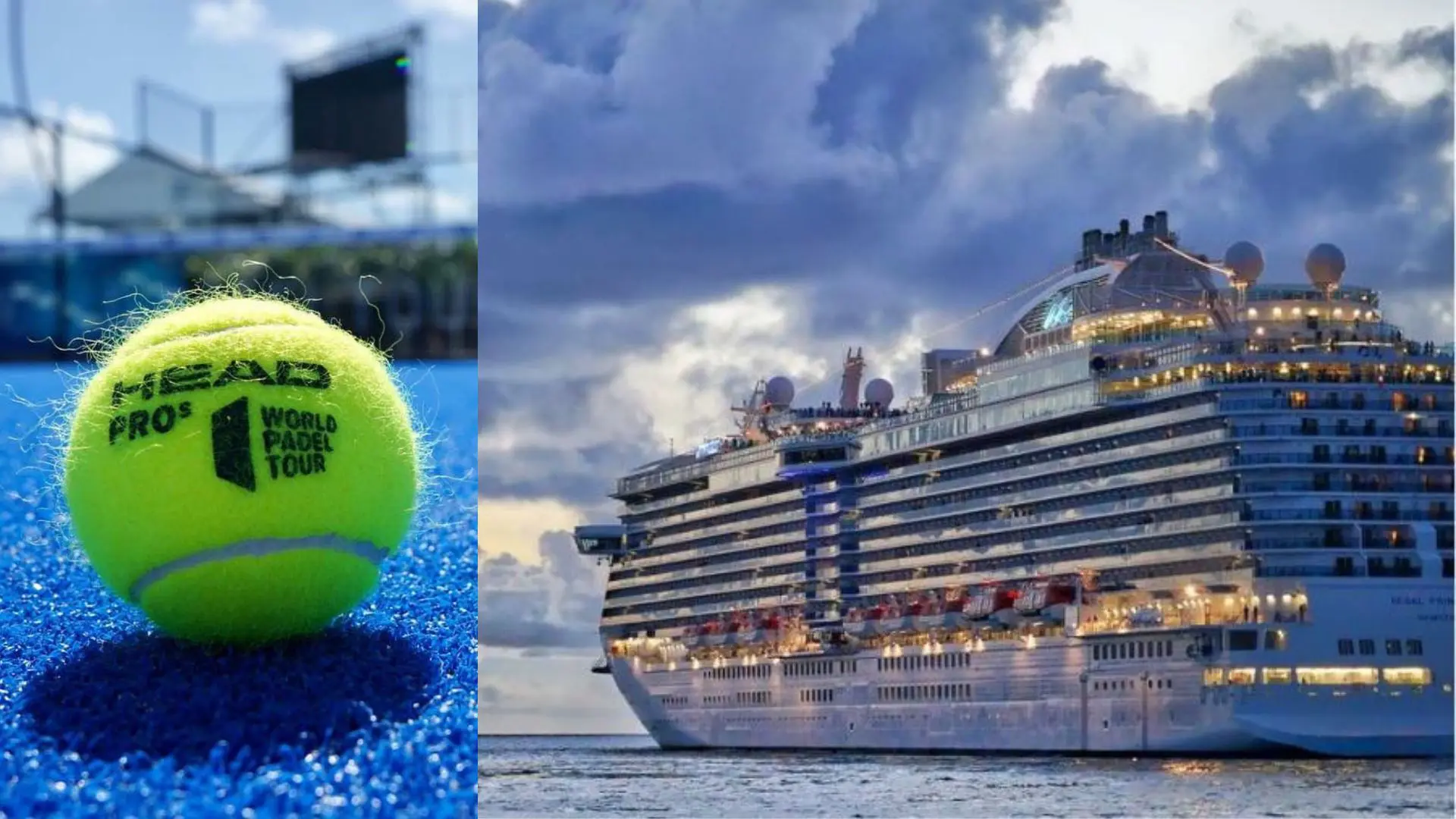 Play at padel on his yacht? Possible for €233.000!
Play at padel on his yacht? Possible for €233.000!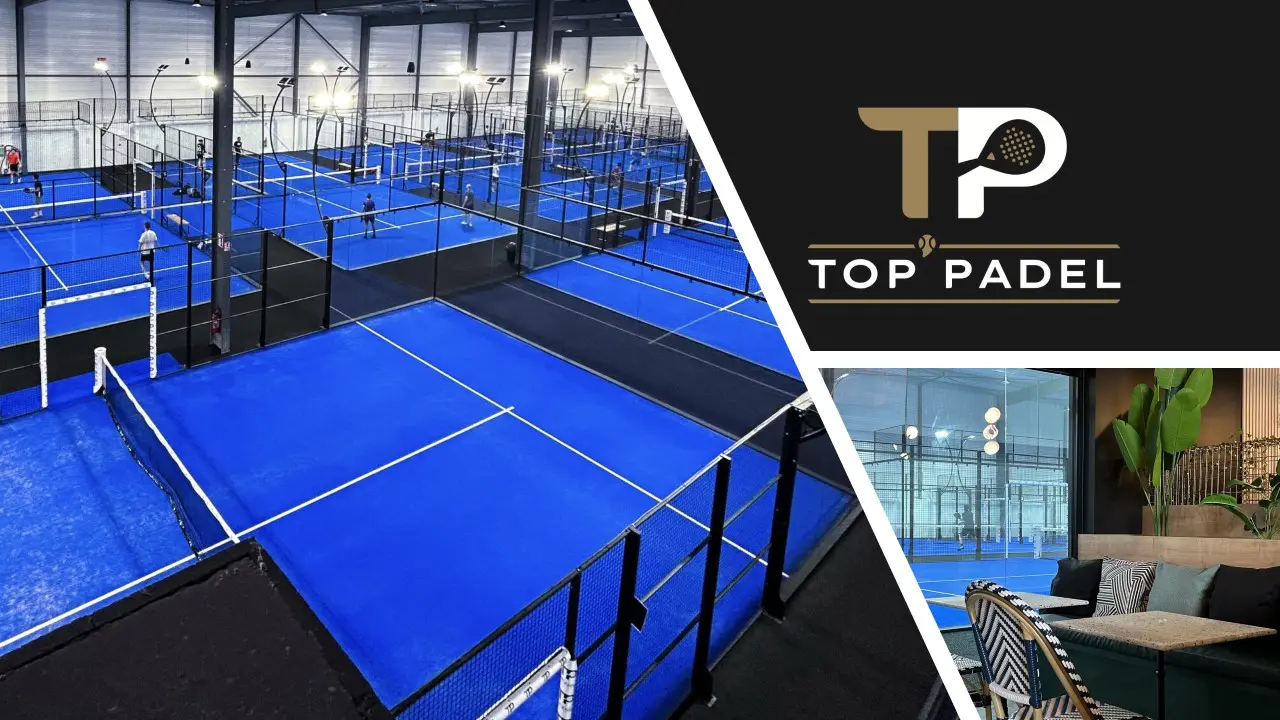 TOP Padel : “A premium club with 10 slopes in Toulouse”
TOP Padel : “A premium club with 10 slopes in Toulouse”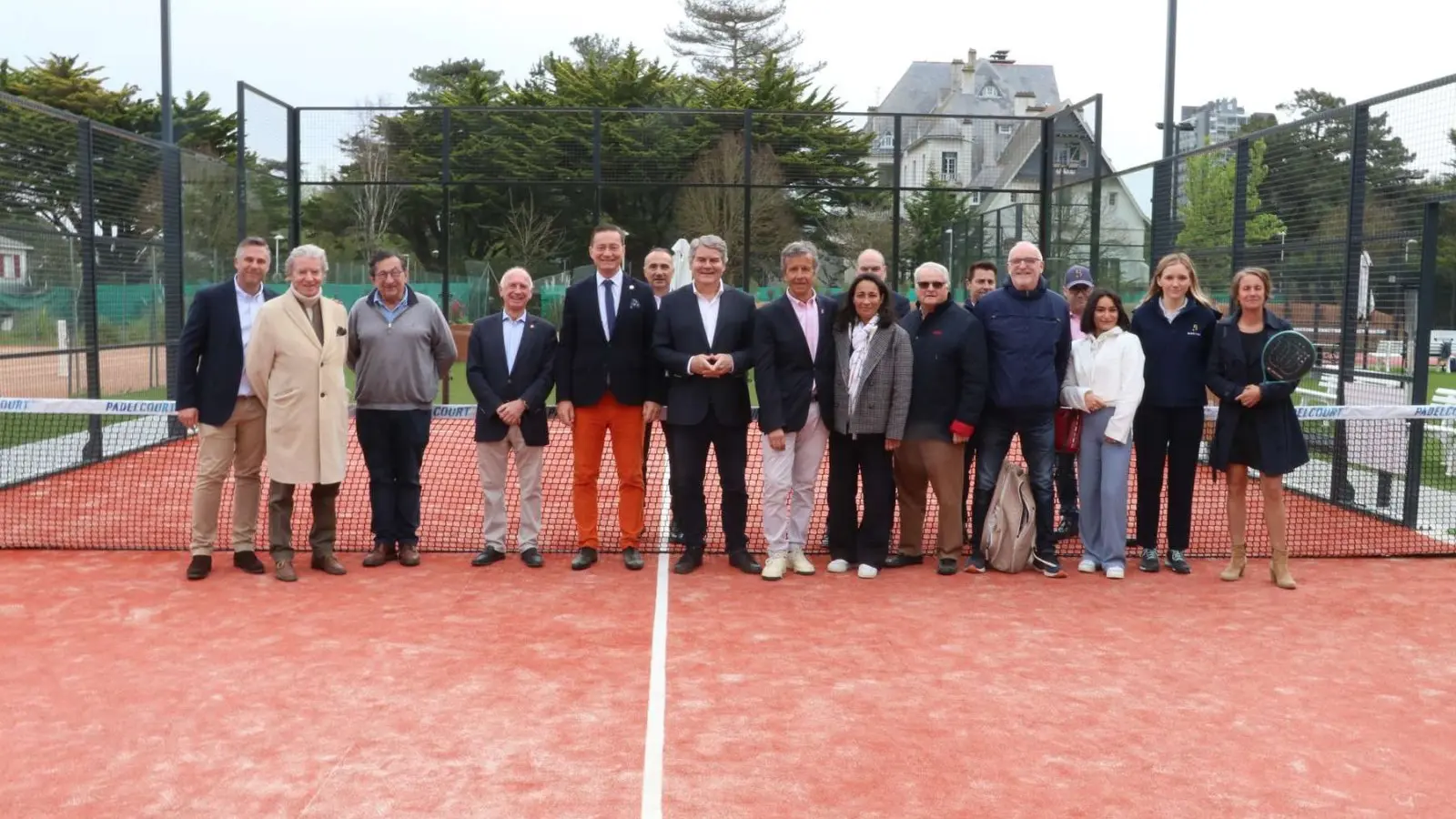 The padel of the Barrière Country Club are born in La Baule
The padel of the Barrière Country Club are born in La Baule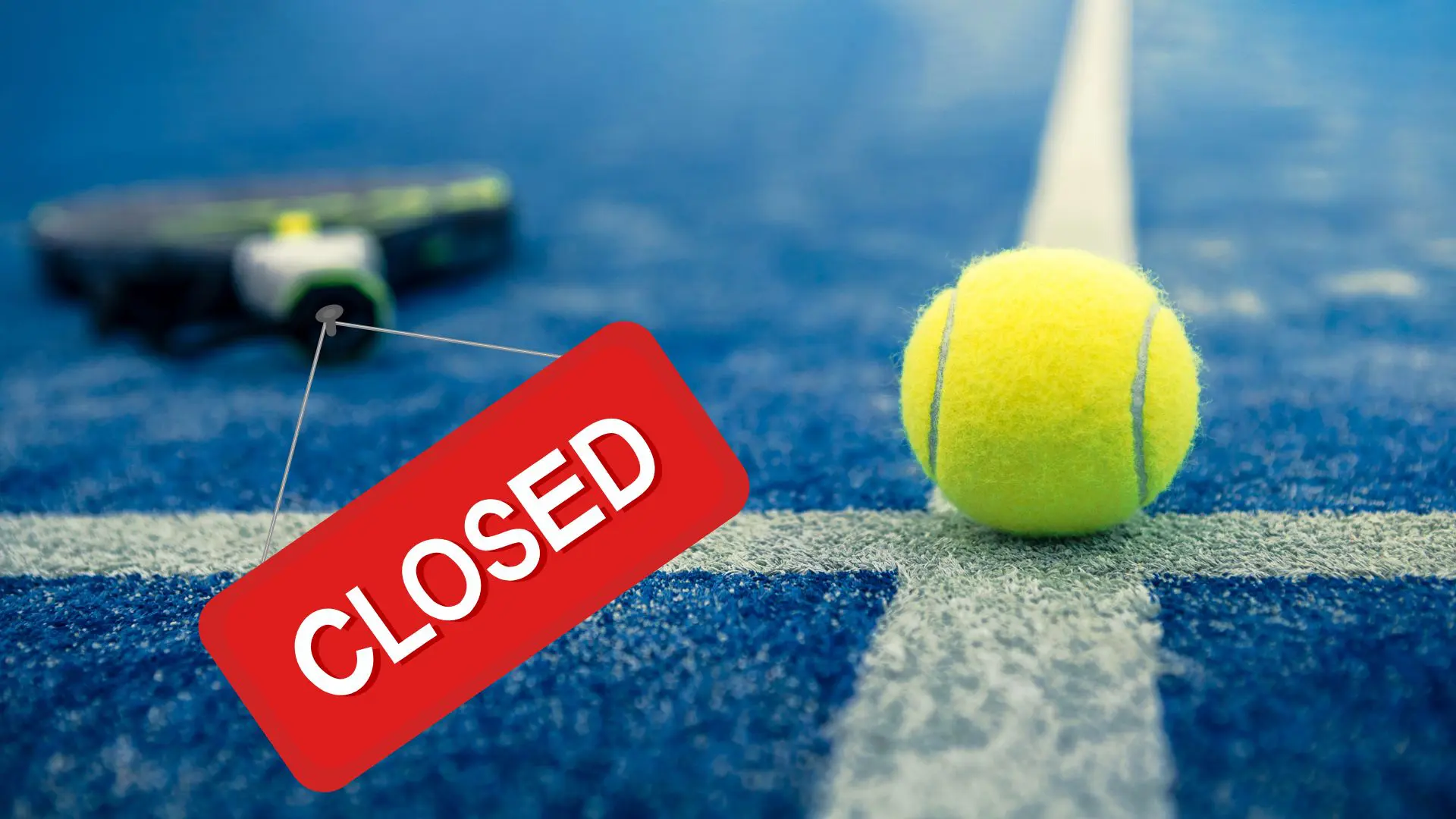 Why clubs padel do they close?
Why clubs padel do they close?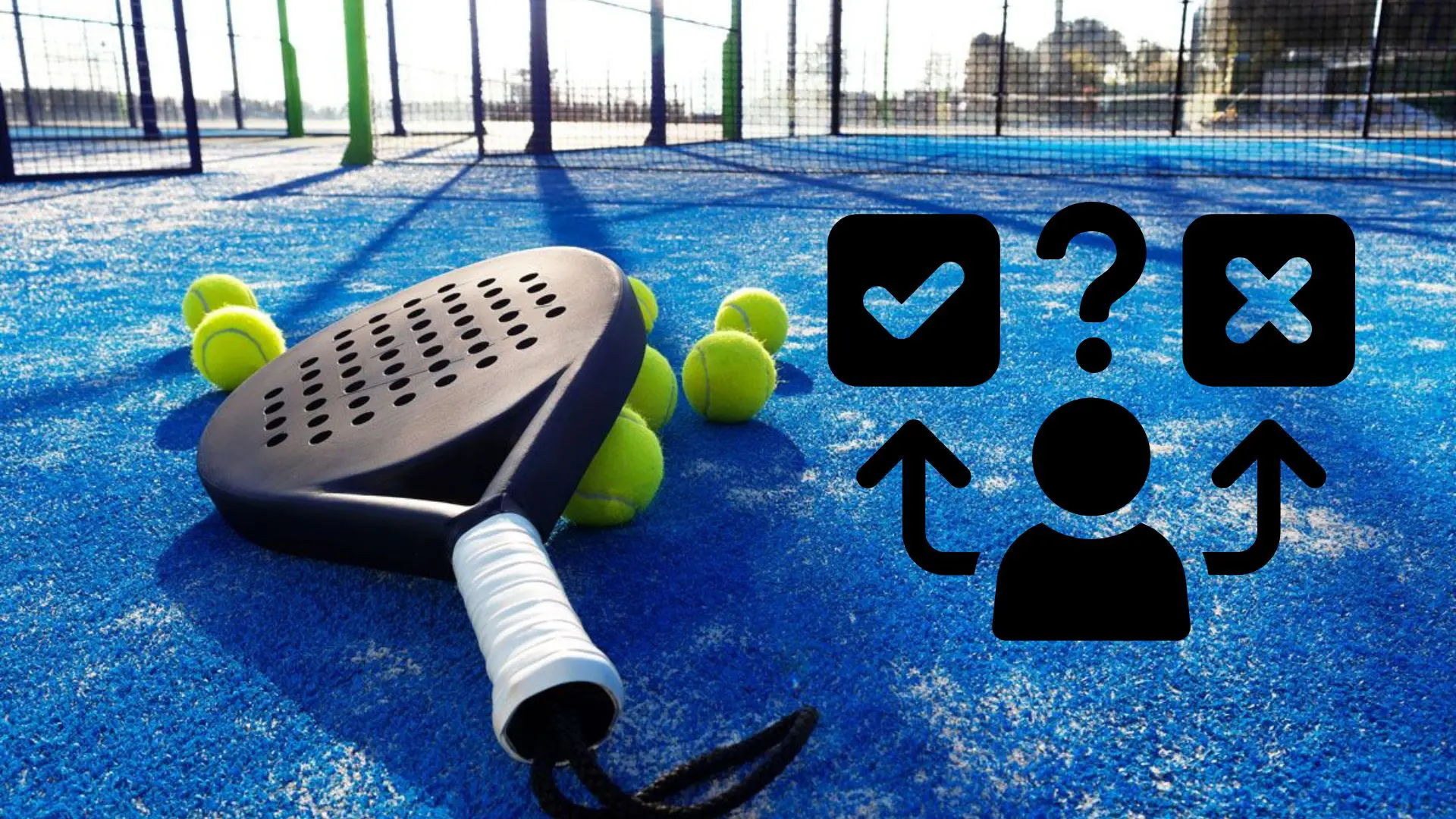 How to effectively test a racket padel ?
How to effectively test a racket padel ?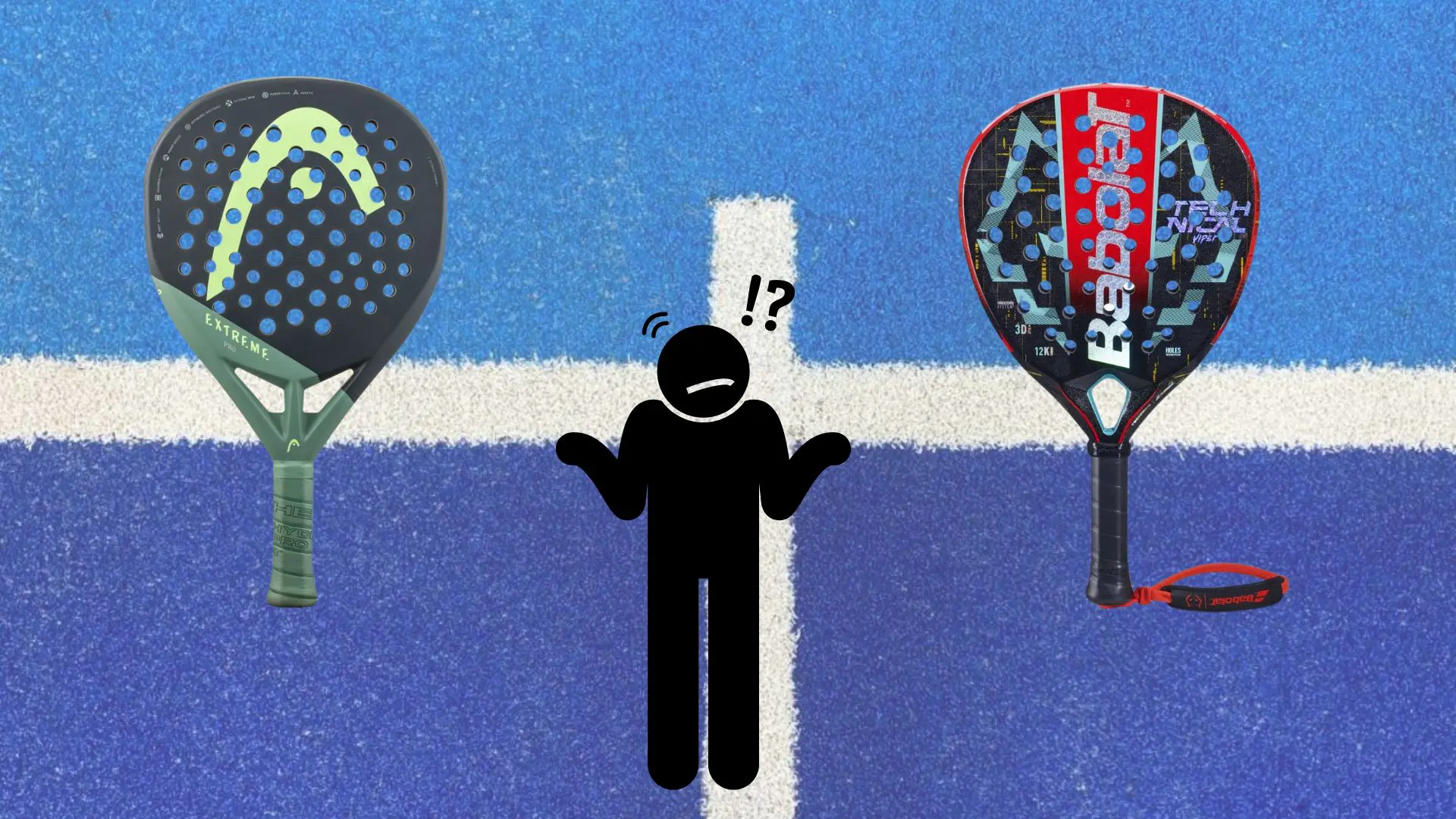 Which high-end racket to choose in 2024?
Which high-end racket to choose in 2024?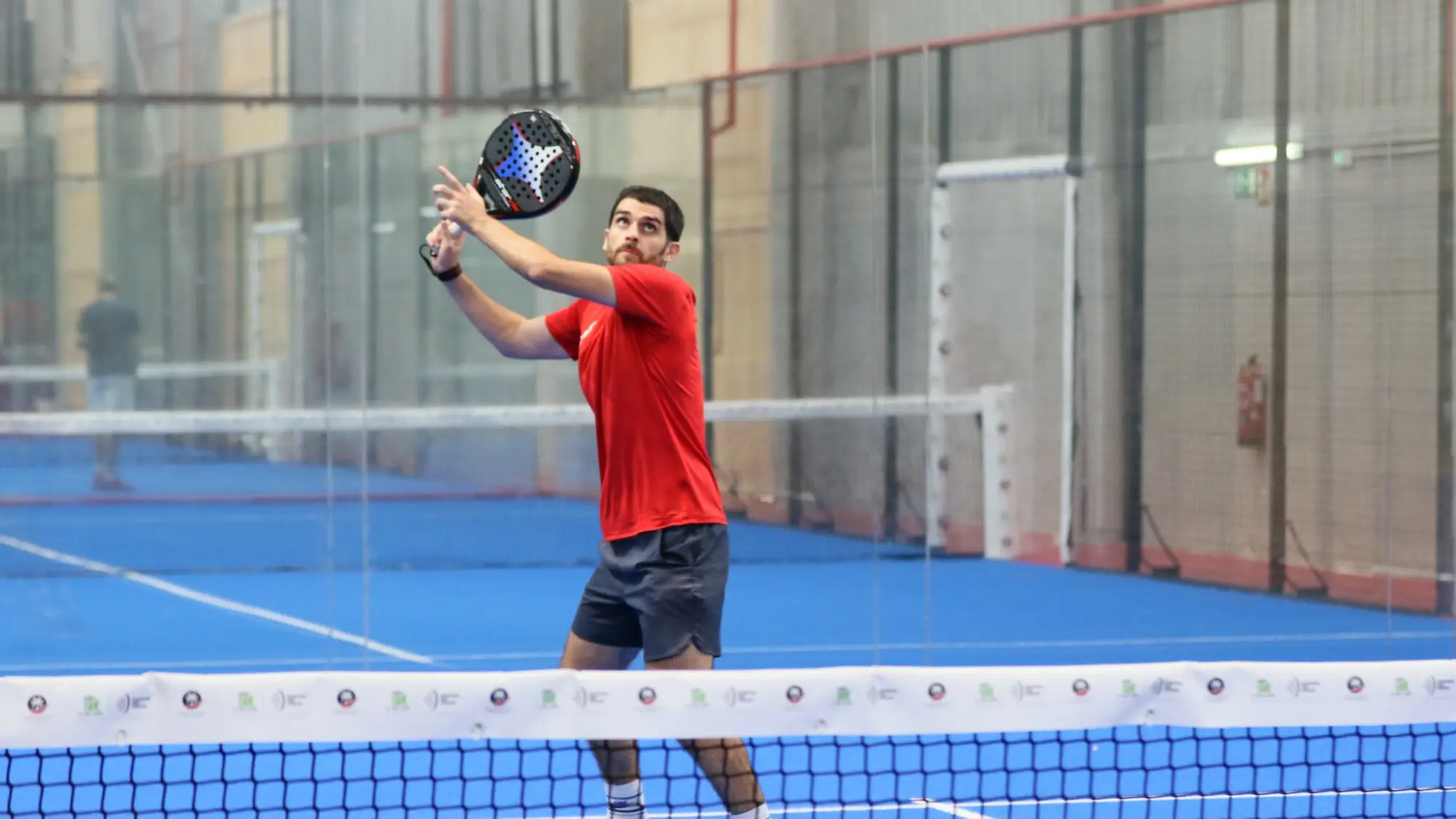 At the heart of padel – Episode 24: Paul Daulan shares the evolution of his bandeja
At the heart of padel – Episode 24: Paul Daulan shares the evolution of his bandeja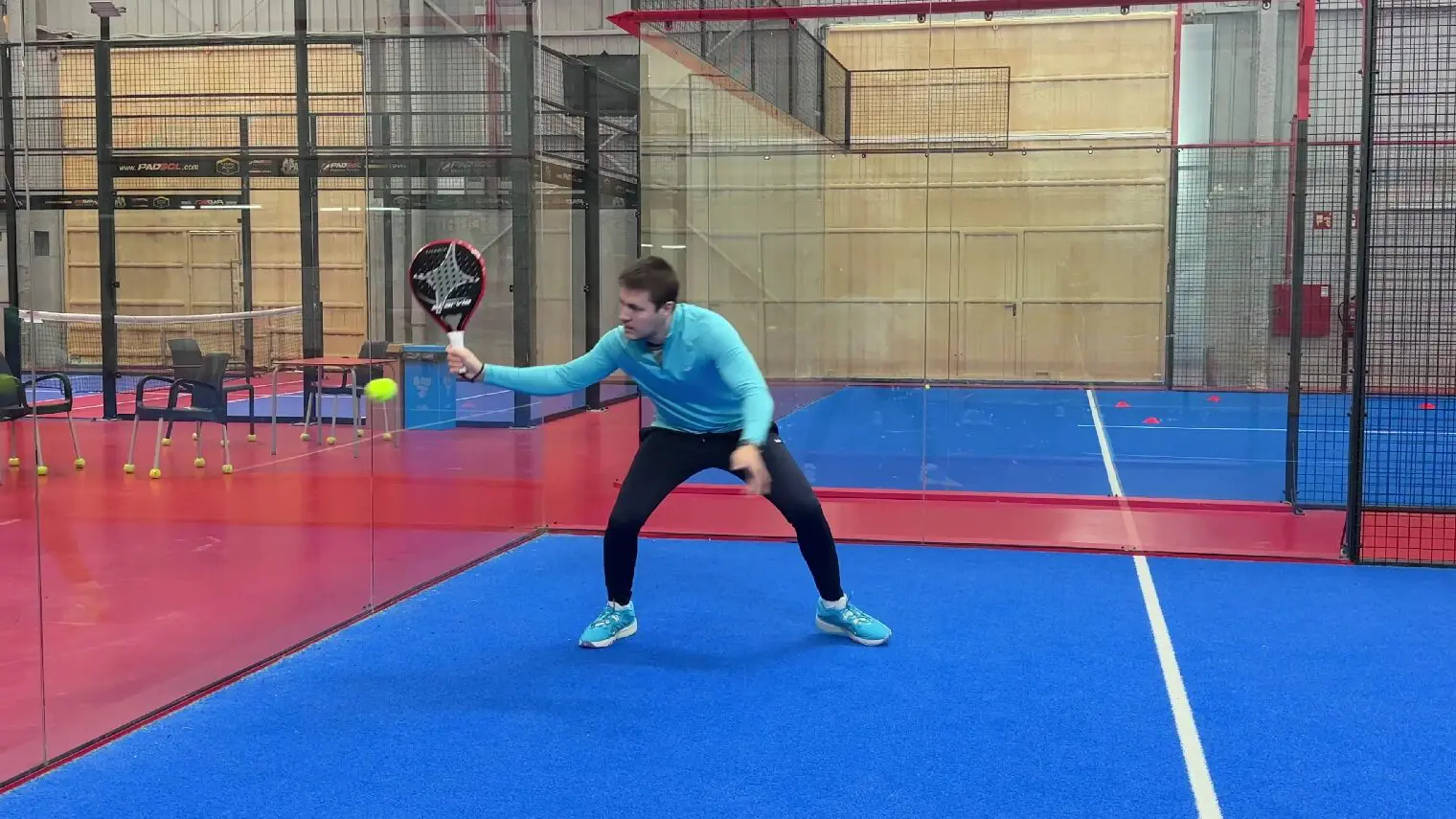 At the heart of padel – Episode 23: defend the window well
At the heart of padel – Episode 23: defend the window well Prohibition on playing topless Padel : the reasons
Prohibition on playing topless Padel : the reasons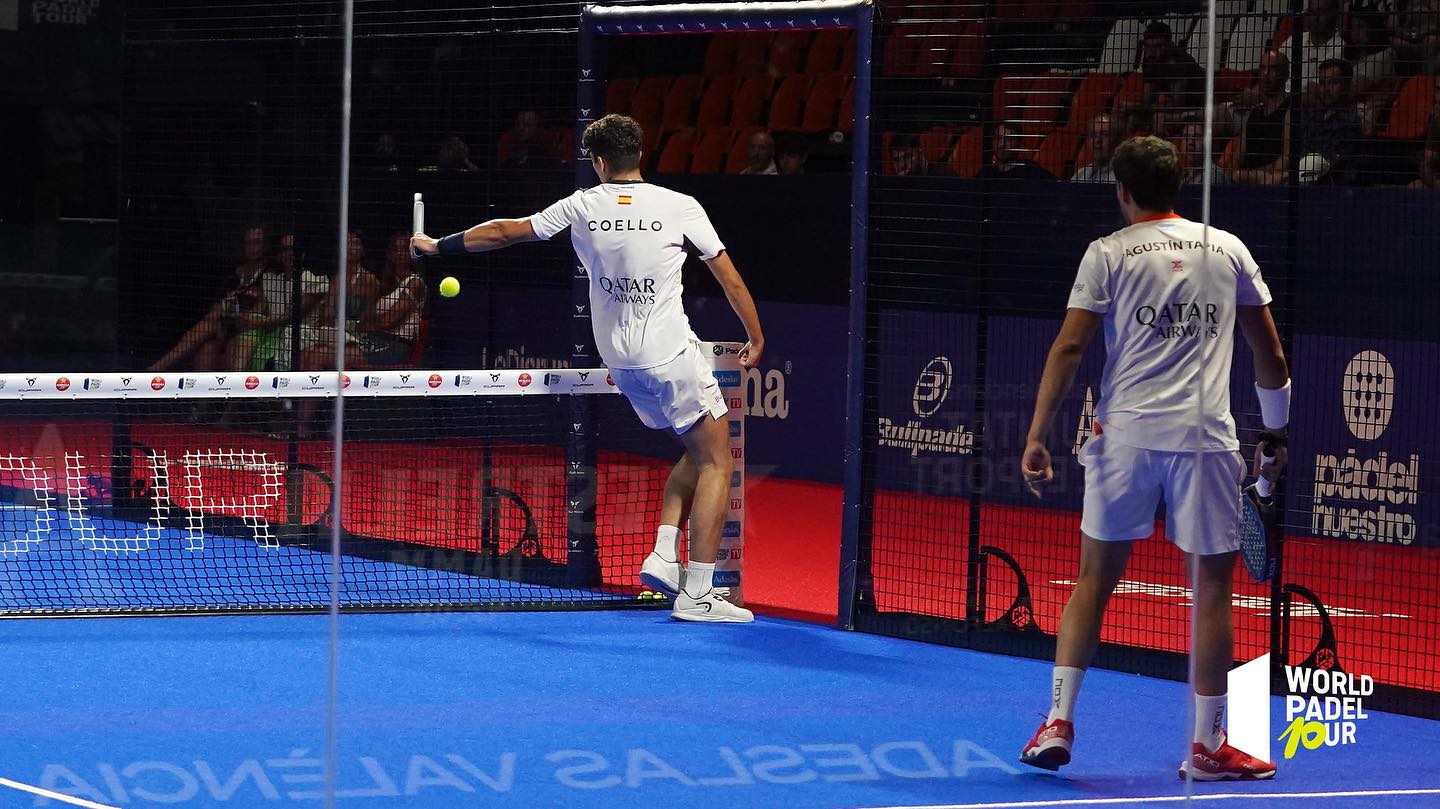 What is the difference between a dormilona, a dejada and a cushioned puerta?
What is the difference between a dormilona, a dejada and a cushioned puerta?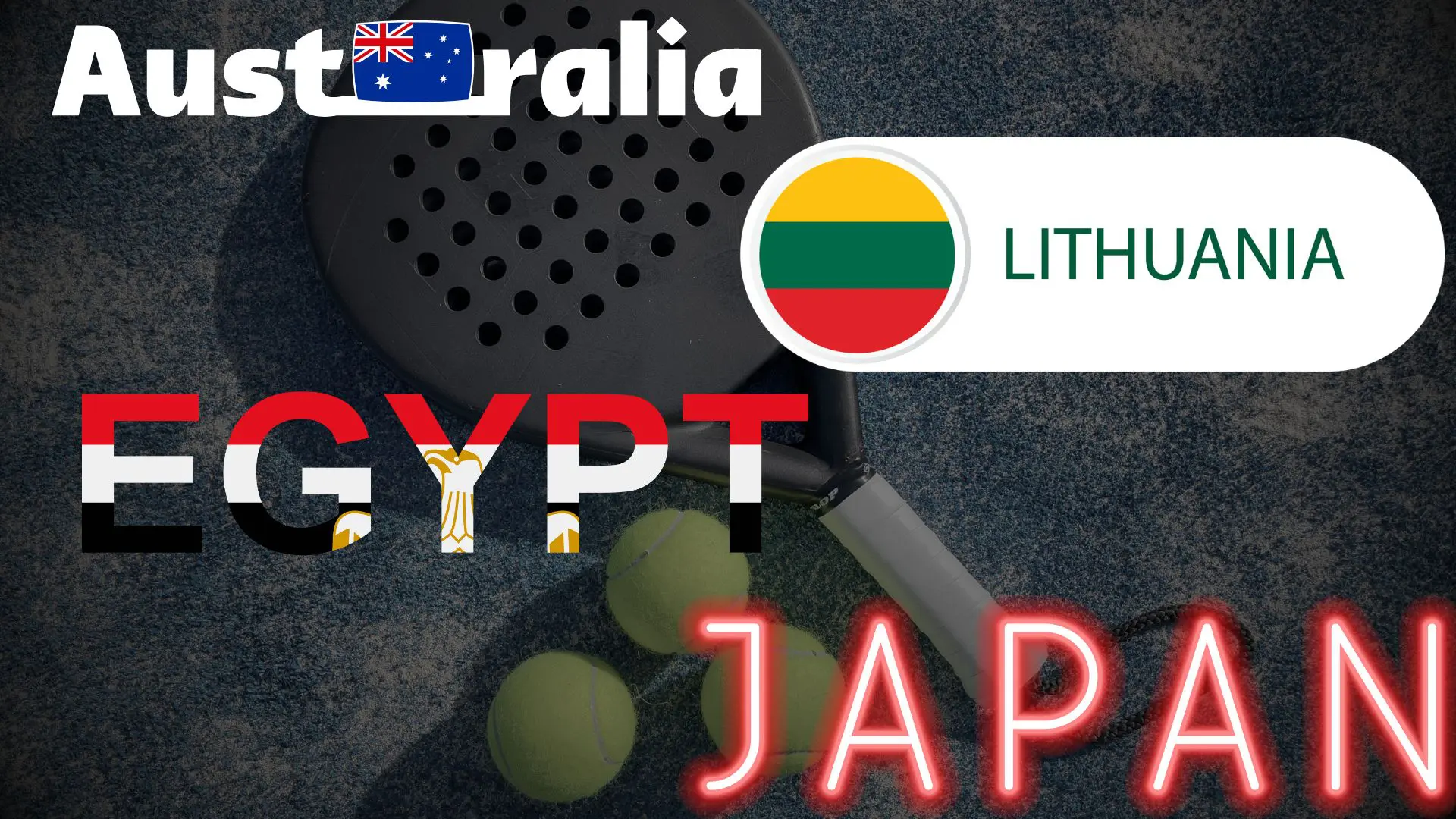 FIP Tour – Going far from Europe, THE strategy to earn points!
FIP Tour – Going far from Europe, THE strategy to earn points! What is a good football player? padel ?
What is a good football player? padel ? “Lefties give me headaches when I play against them!”
“Lefties give me headaches when I play against them!”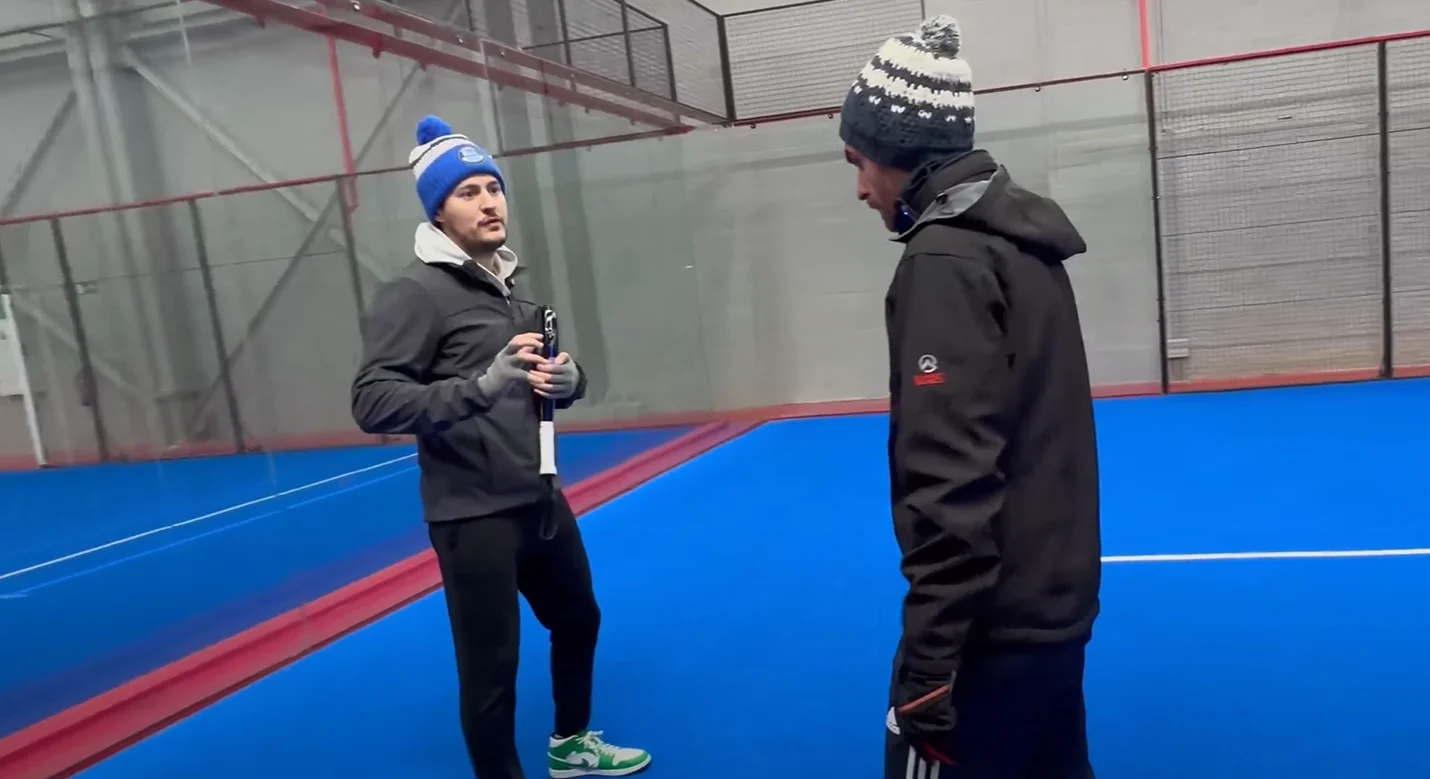 At the heart of padel – Episode 14: how to earn points in winter?
At the heart of padel – Episode 14: how to earn points in winter? Why choose a track padel new?
Why choose a track padel new?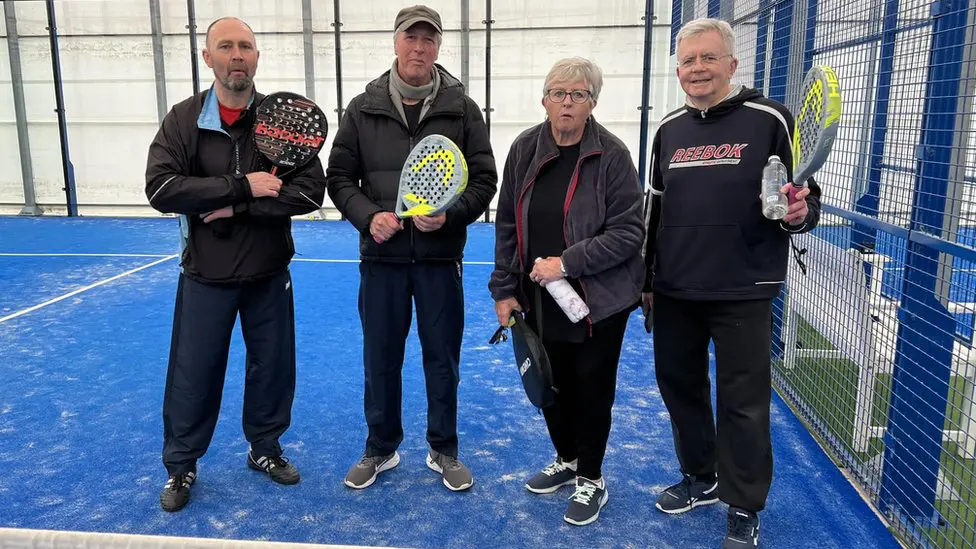 La padel to fight Parkinson's disease
La padel to fight Parkinson's disease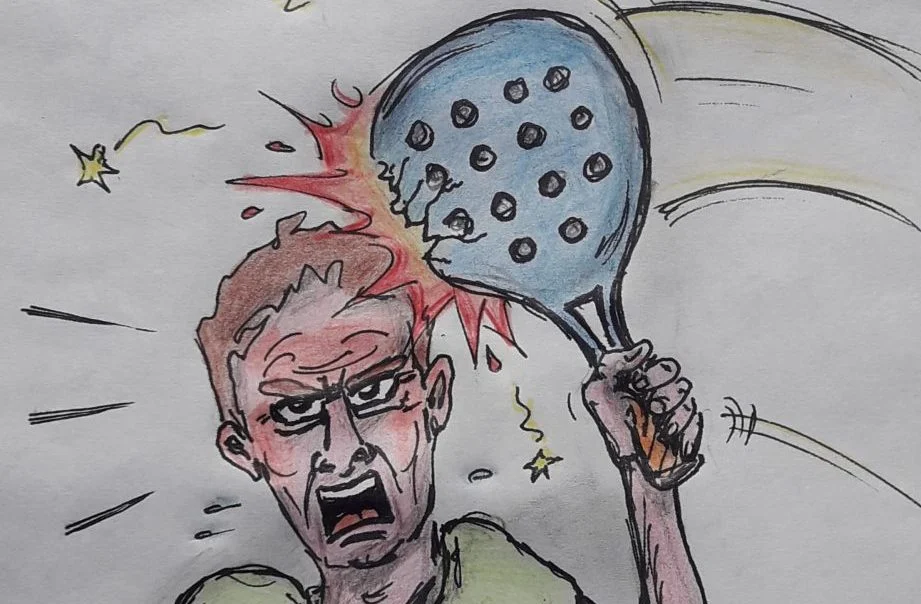 Don't play with a cracked or broken racket, your body will thank you!
Don't play with a cracked or broken racket, your body will thank you! Michel Cymes: “The padel, physically, it’s serious!”
Michel Cymes: “The padel, physically, it’s serious!”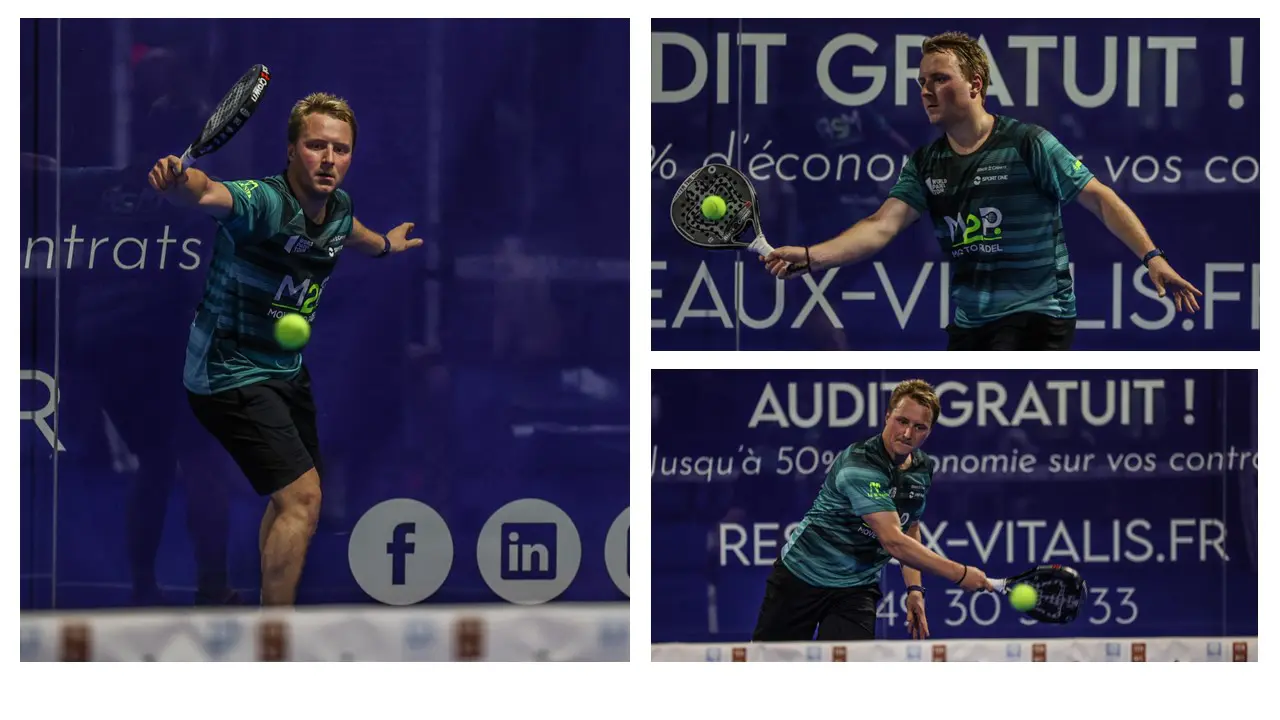 Jeremy Gala: “Promote the padel among young people in Belgium remains a challenge”
Jeremy Gala: “Promote the padel among young people in Belgium remains a challenge”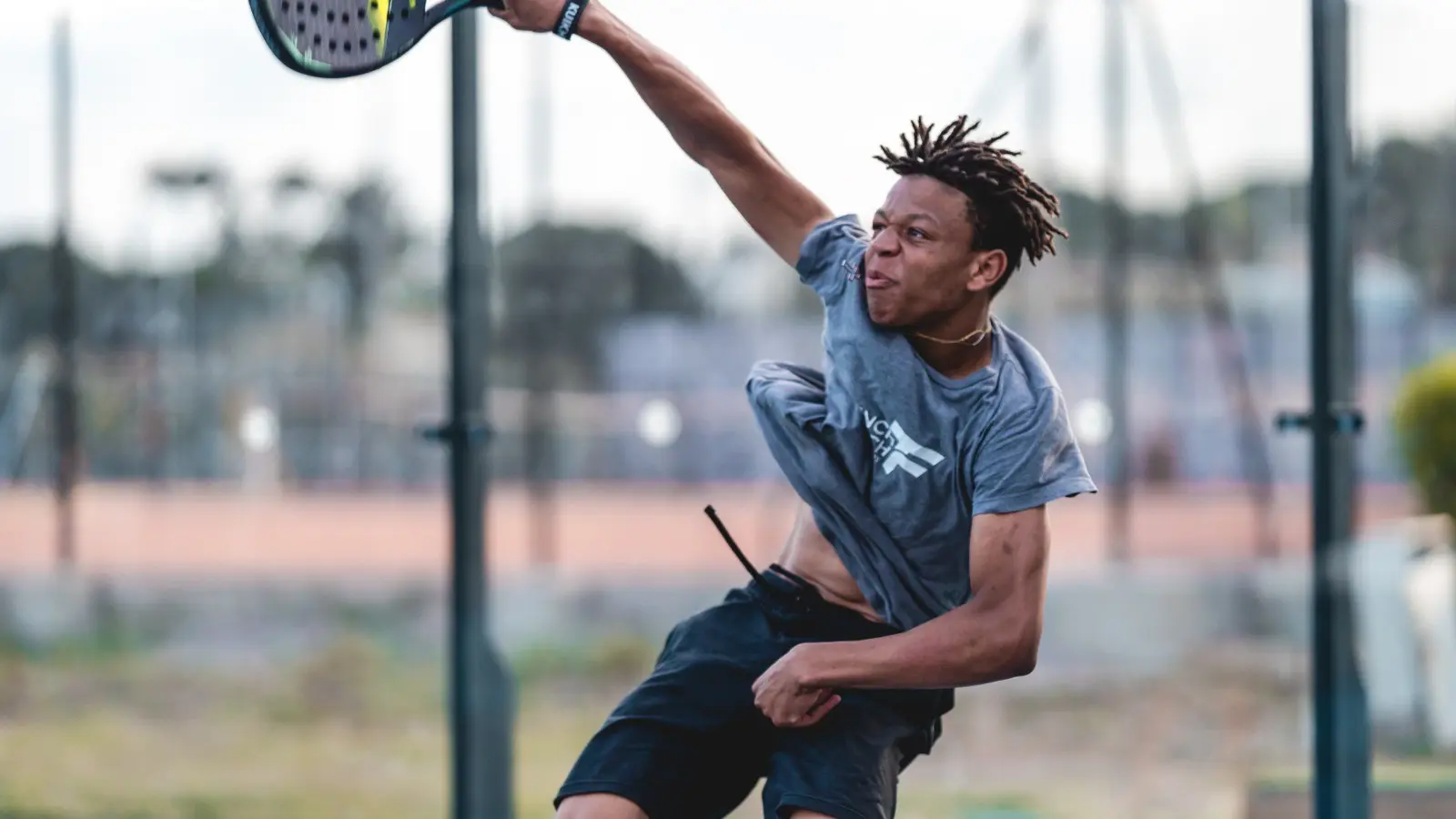 The French Touch Academy organizes its selection day Padel-Study
The French Touch Academy organizes its selection day Padel-Study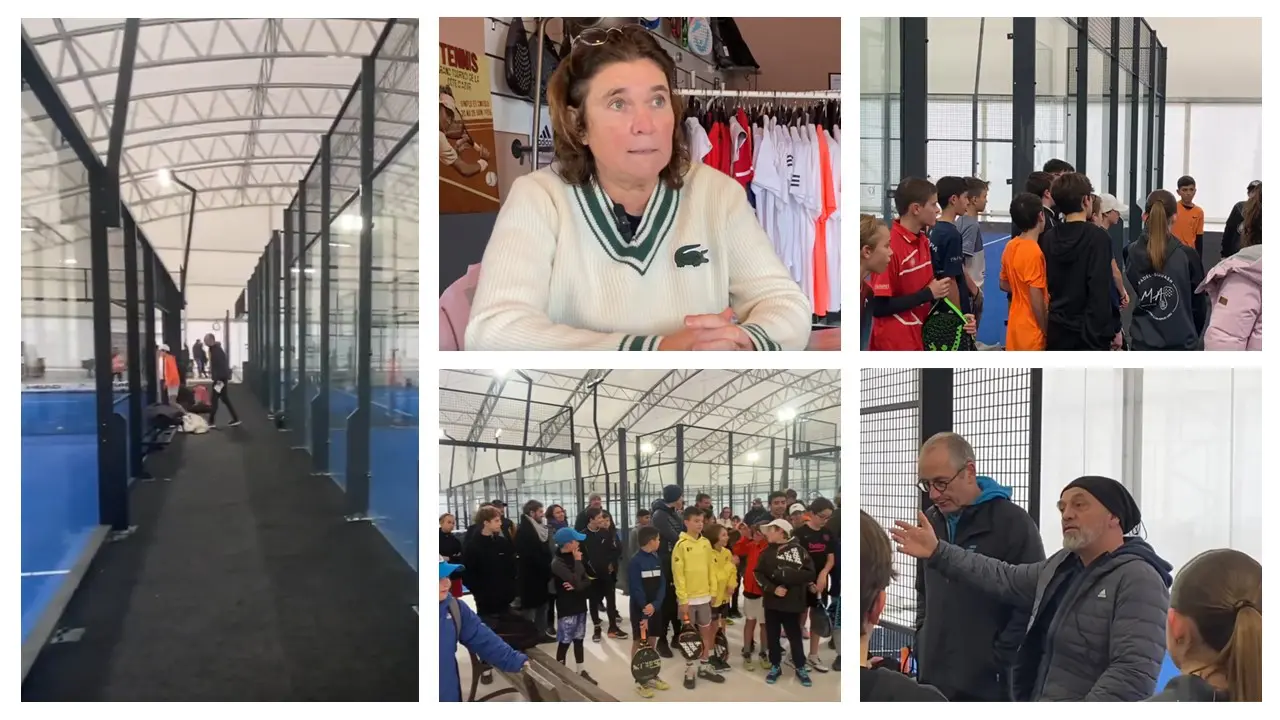 Report on the detection and training of younger generations
Report on the detection and training of younger generations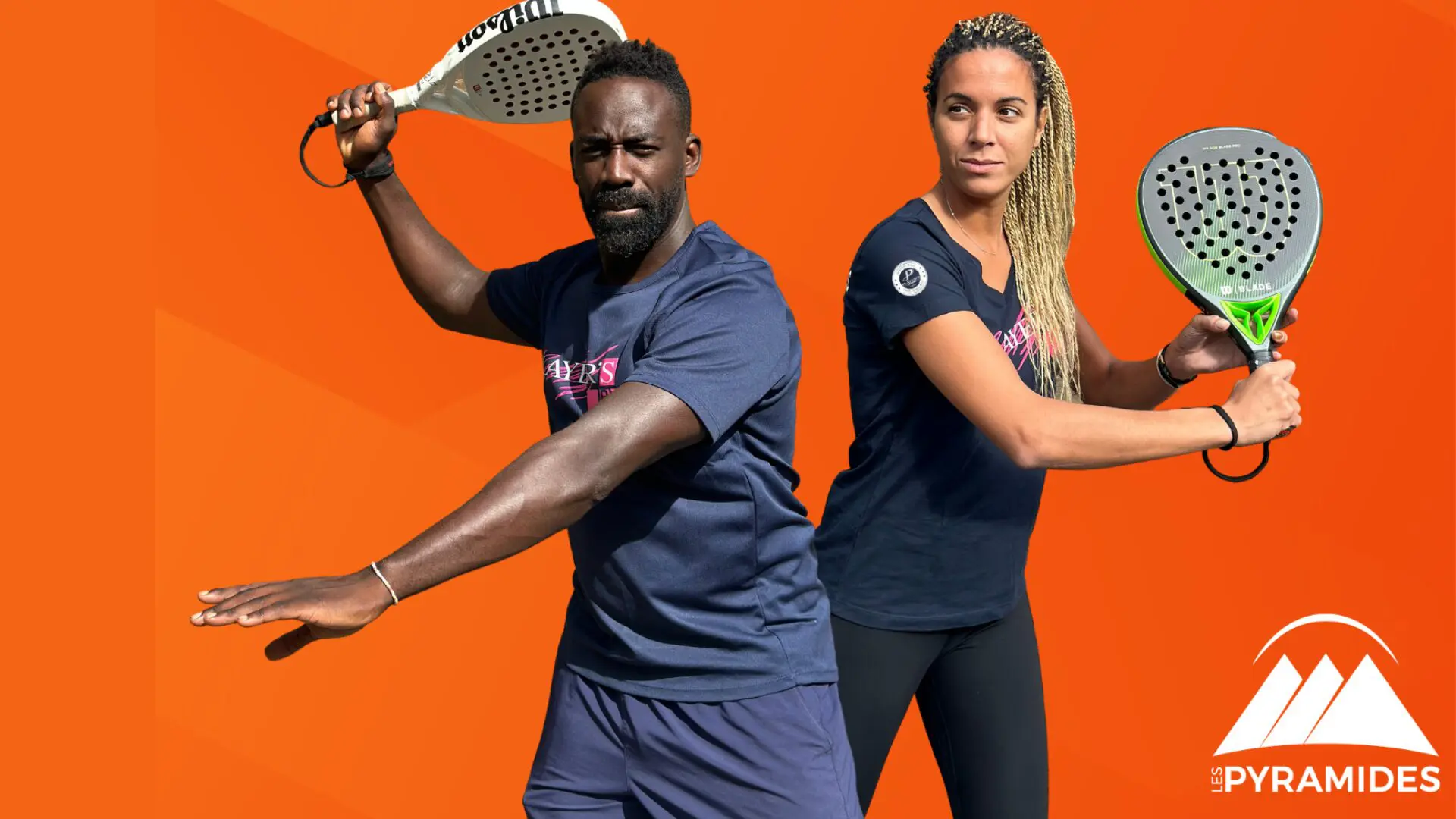 Player's adult courses from April 8 to 21, 2024!
Player's adult courses from April 8 to 21, 2024!